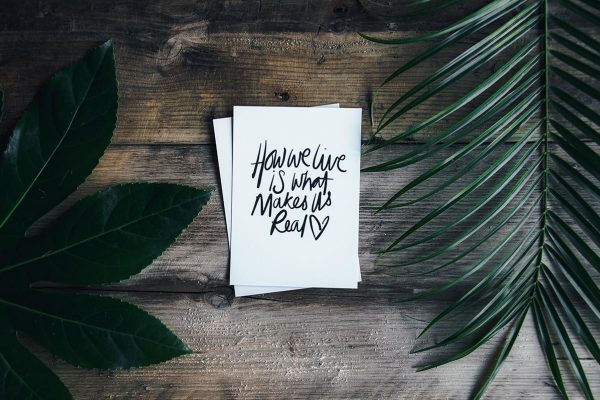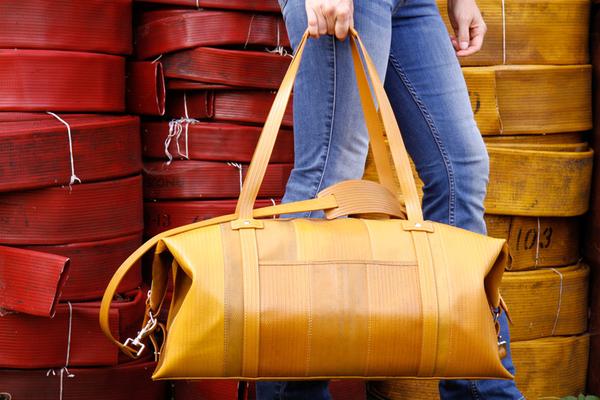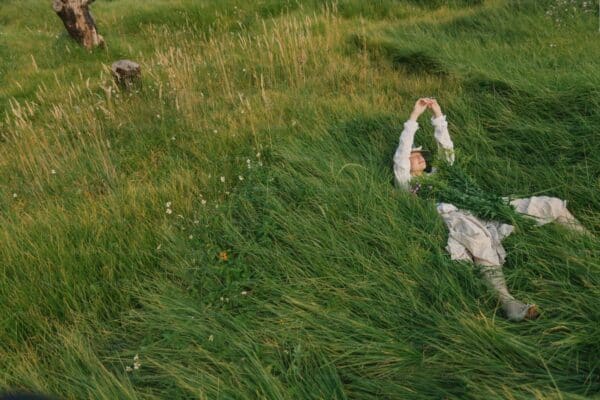After several overseas trips to incredible, but well travelled destinations, Dave and I wanted to visit somewhere a little different and get out of our comfort zone.
We wanted to experience that ‘smack you in the face’ culture shock with a side of adventure and of course, delicious food.
When I started researching destinations, Nepal jumped out at me immediately and before you could say ‘Momos’ our flights were booked.
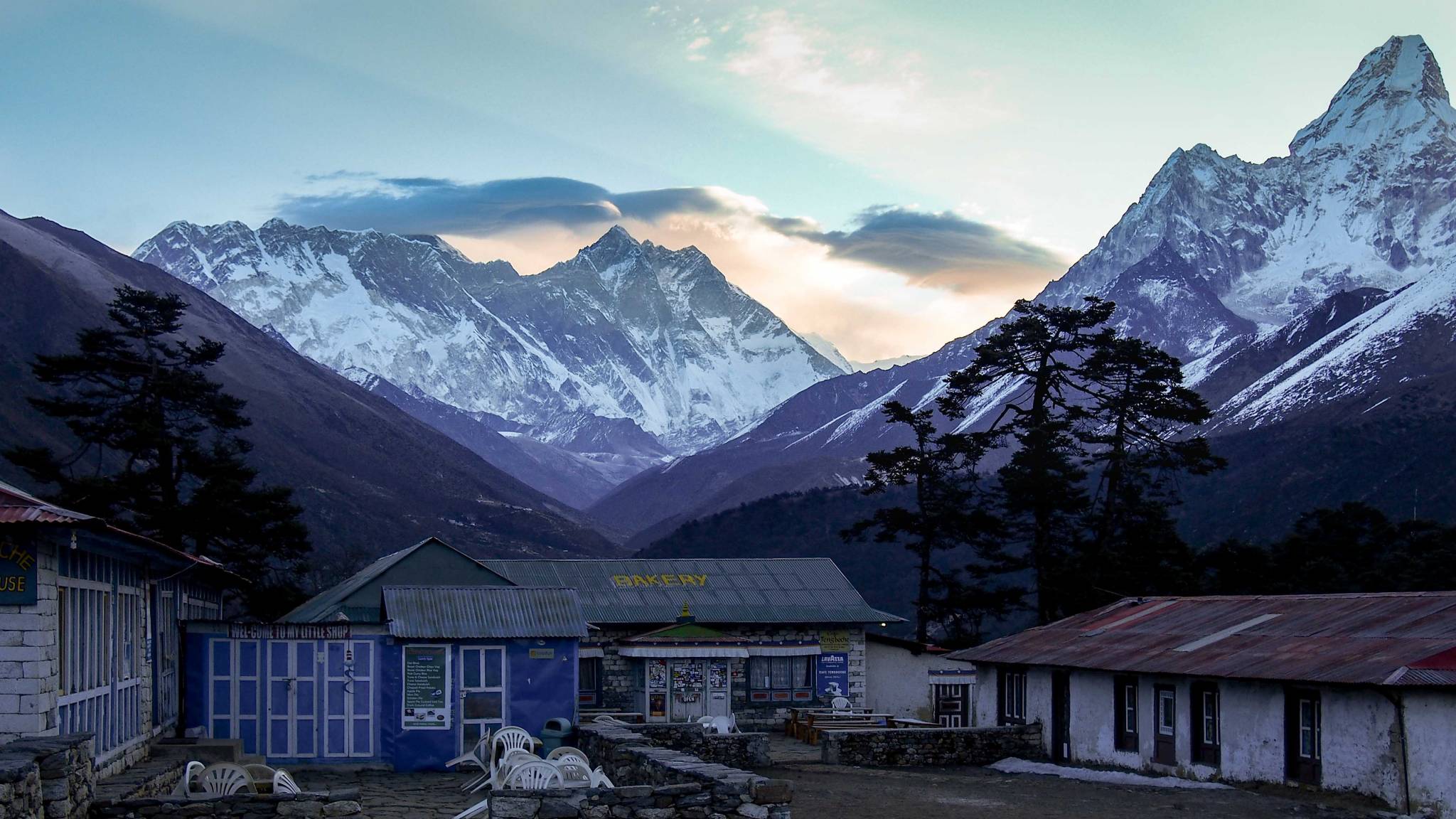
To say the trip was life changing would be an understatement. That comfort zone we were looking to leave behind dissolved the moment we stepped out into the streets of Kathmandu.
The noise, heavy smog, bright colours and the unfamiliar smell of spices, assault your senses all at once. It’s both overwhelming and thrilling.
Trip one – Thamel, Kathmandu
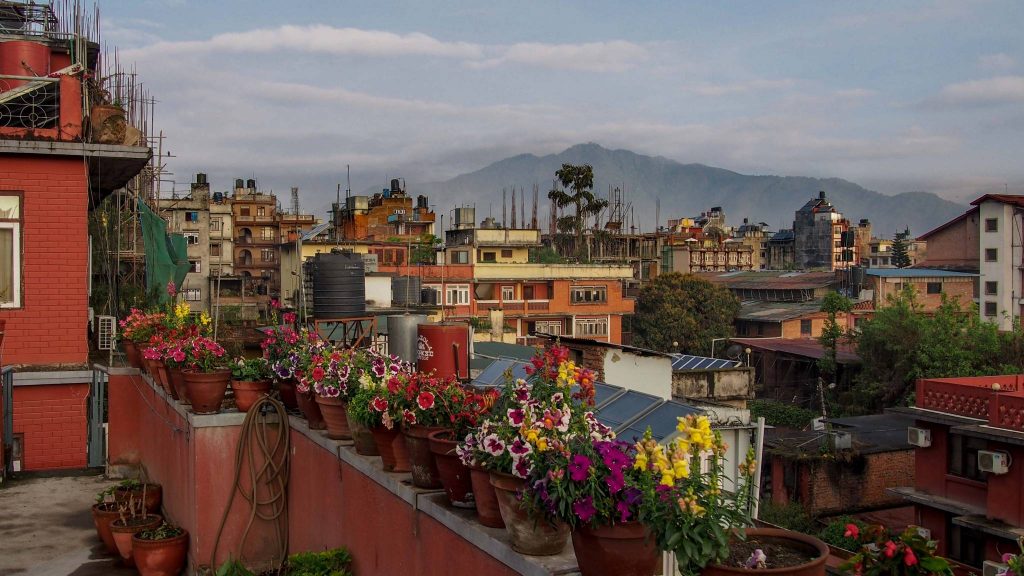
Waking up to mountain views in central Thamel. We stayed at the Blue Horizon, a mid range hotel situated on the outskirts of the main tourist district. Rooms range from $20-$50AUD per night and include a simple continental breakfast. Set over four levels, they have three rooftop spaces perfect for lounging, strong wifi, reliable power and hot water for six hours during the afternoon and early evening.
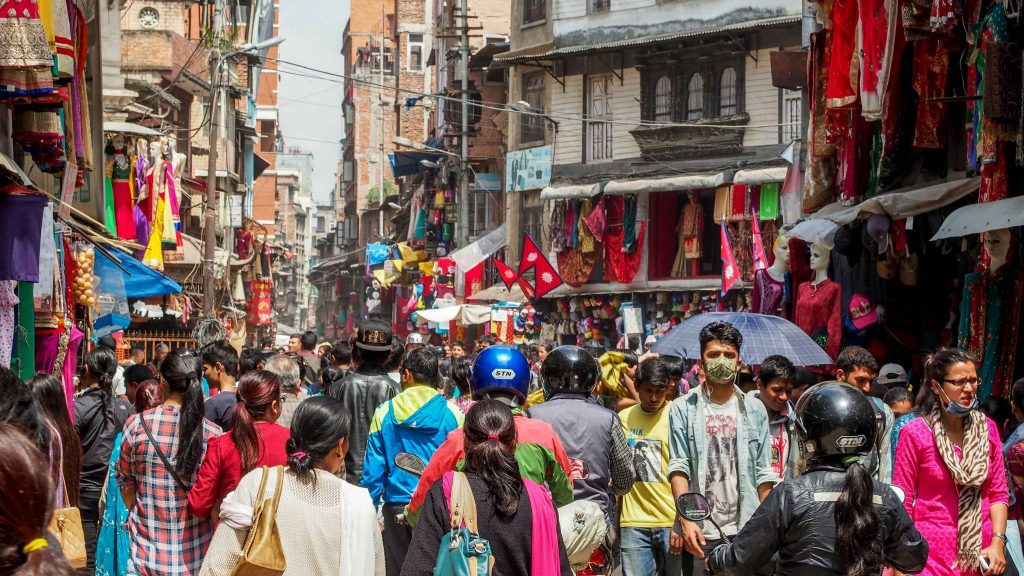
Central Thamel is chaotic. Navigating the streets is terrifying the first time you do it as there are very few dedicated footpaths. The sounds, smells and sights are an assault on your senses with honking cars, motorbikes, rickshaws and people coming at you from all directions. Take a moment to stop, breathe and let it all in. Once you become accustomed to the flurry of activity happening around you, it becomes quite thrilling to walk around.
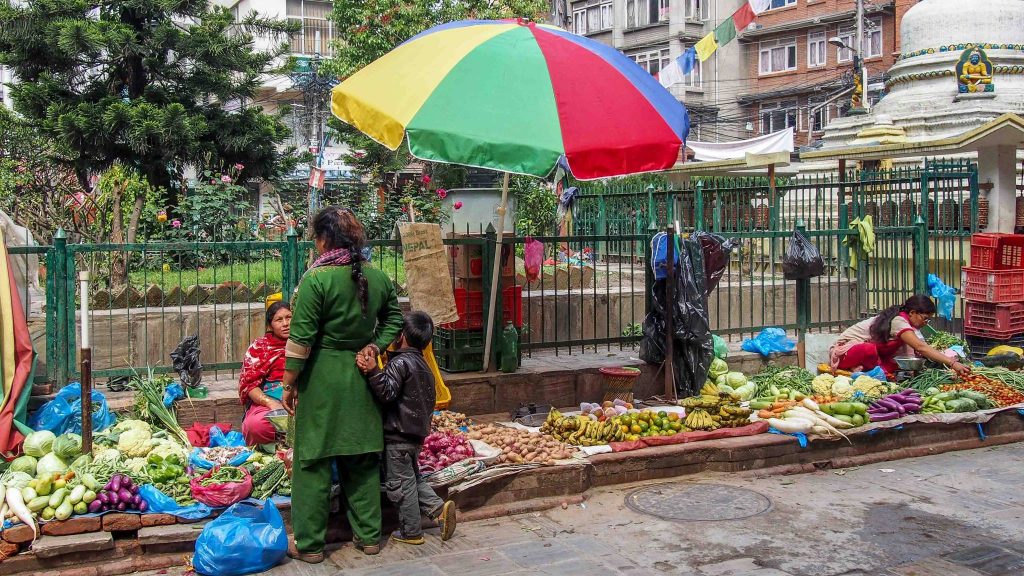
Farmers market in Old Town. Thamel is the main tourist area, with hotels, restaurants and shops catering to foreigners. Old Town is a business district for the locals and a hub for food and homewares. I much prefer it to central Thamel, you can learn a lot about Nepalese culture by spending few hours walking around and talking to the locals.
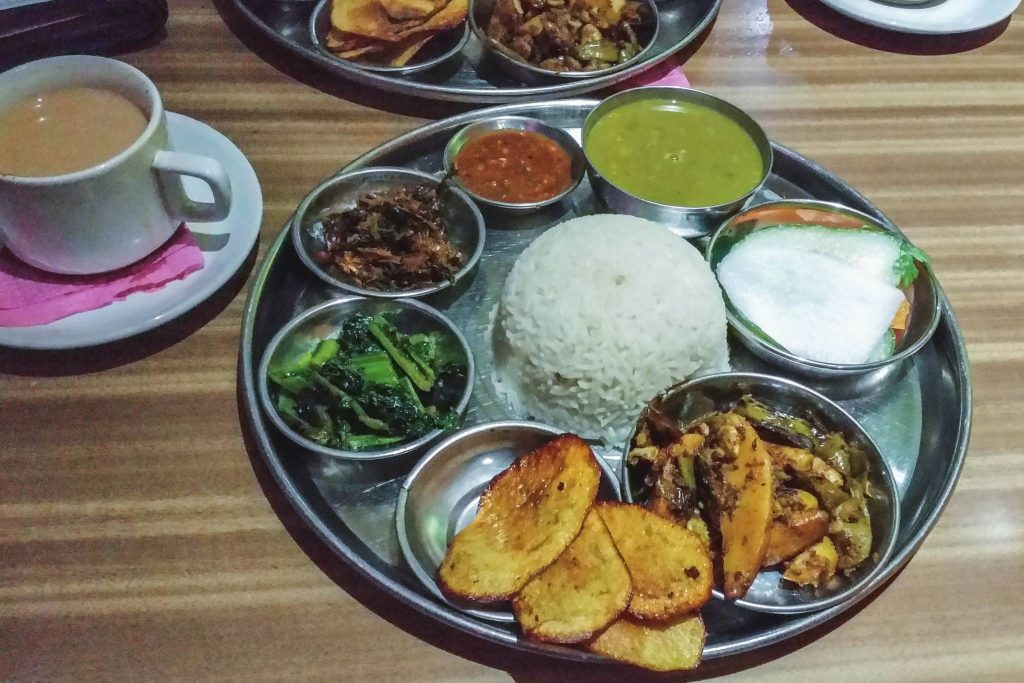
Dal Baht, the main local dish. The ingredients and flavours vary slightly in each region but the base of the dish is rice, lentil soup, vegetable curry and pickled vegetables.
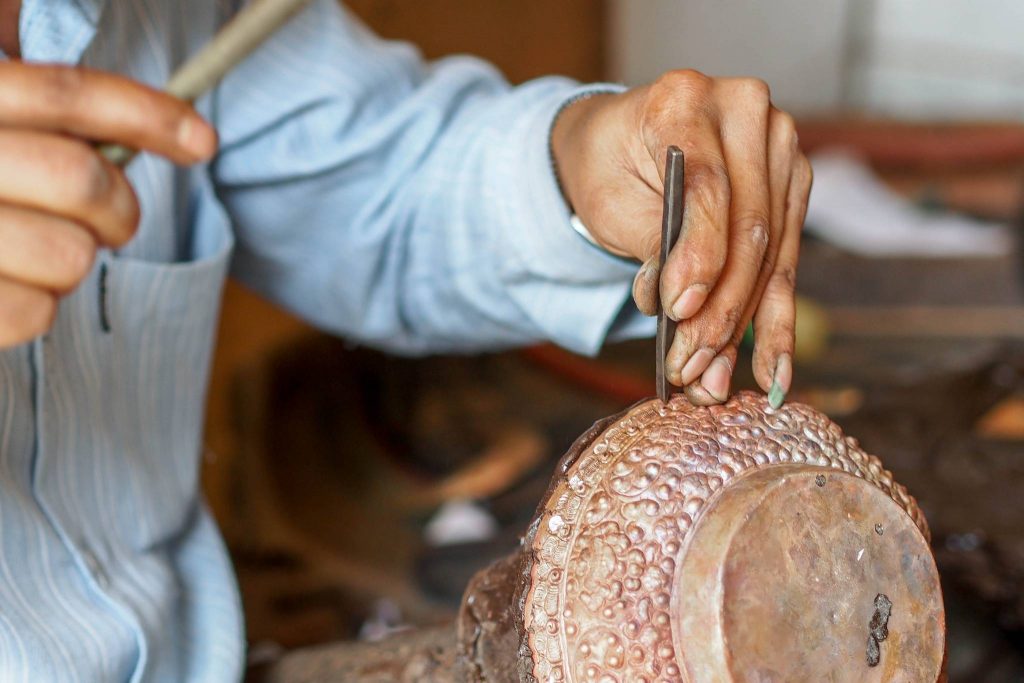
We took a trip out to Bhaktapur, a 45 minute drive from Kathmandu. It’s known as the artisan region where you’ll find some beautifully crafted pottery, metal works and paintings. The earthquakes in 2015 devastated the region and they are still rebuilding but it’s very much worth a visit. It’s one of the best places to find something special to take home with you.

The Garden of Dreams. Despite being right in the middle of Thamel with major roads flanking either side, the garden is a peaceful respite from the outside chaos and you cannot hear even a whisper of a car horn once inside. Entry is a mere 200 rupees ($3) and the Kaiser Café inside offers large pots of delicious masala chai tea for only 150 rupees.
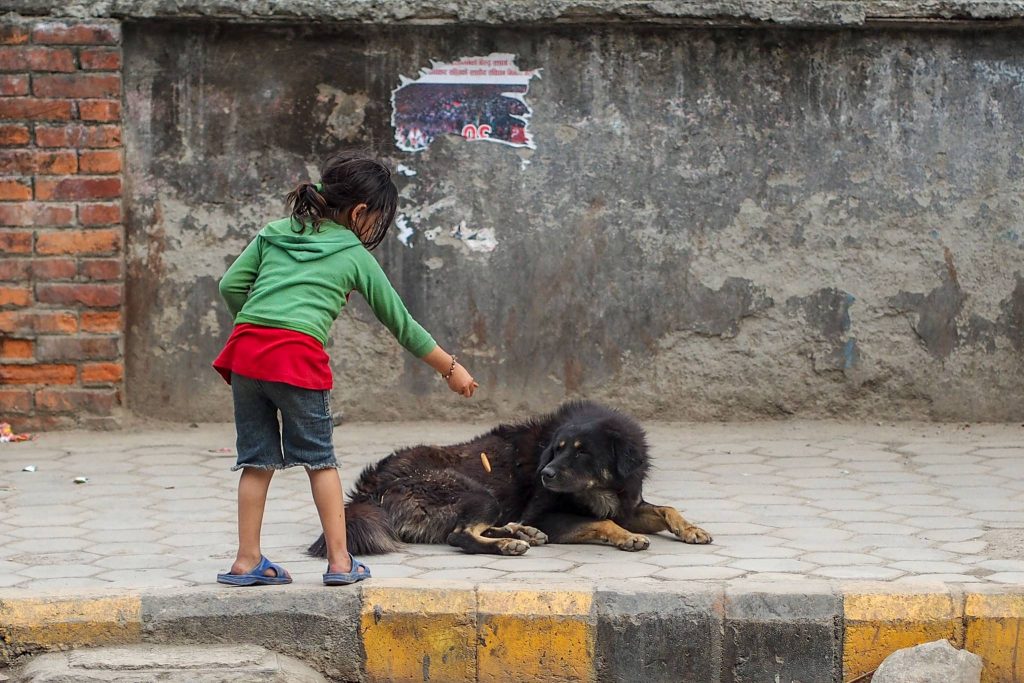
While our taxi was waiting at the lights I spotted this little girl sitting at the corner selling incense and packets of potato chips. She walked over to this street dog who was resting a few meters away and tossed it a few chips. There are thousands of street dogs in Nepal and having a very much loved dog at home, it was heartbreaking to see. But, I continually witnessed small acts of kindness like this one.
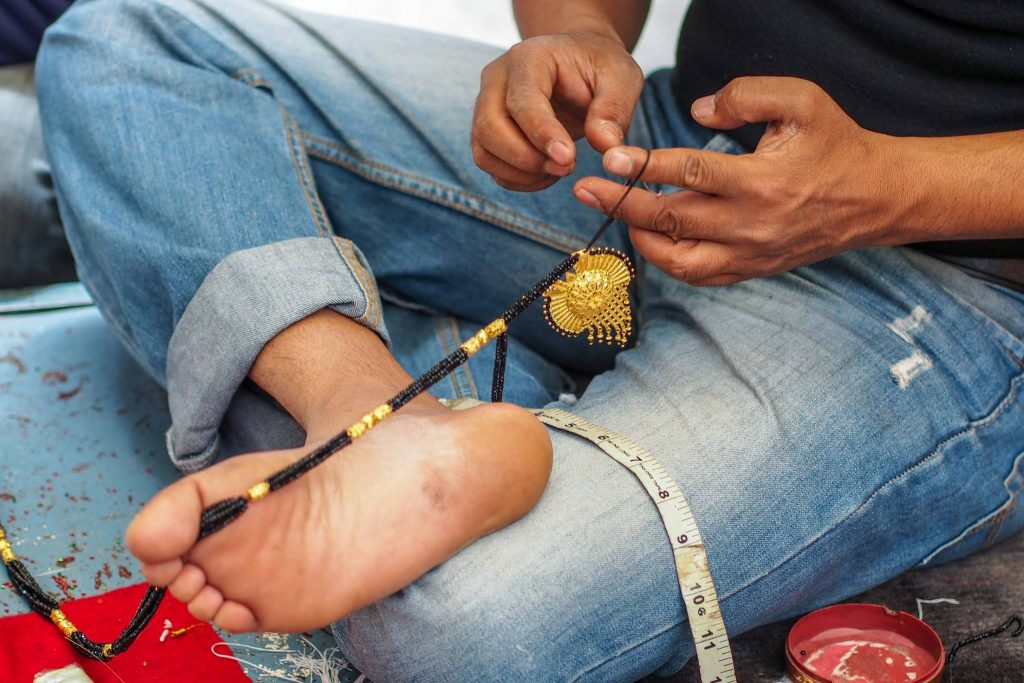
A young man beading a wedding necklace in Old Town. Nepali brides opt for bright red, green and golds in their wedding outfits and wear these layered beaded necklaces.
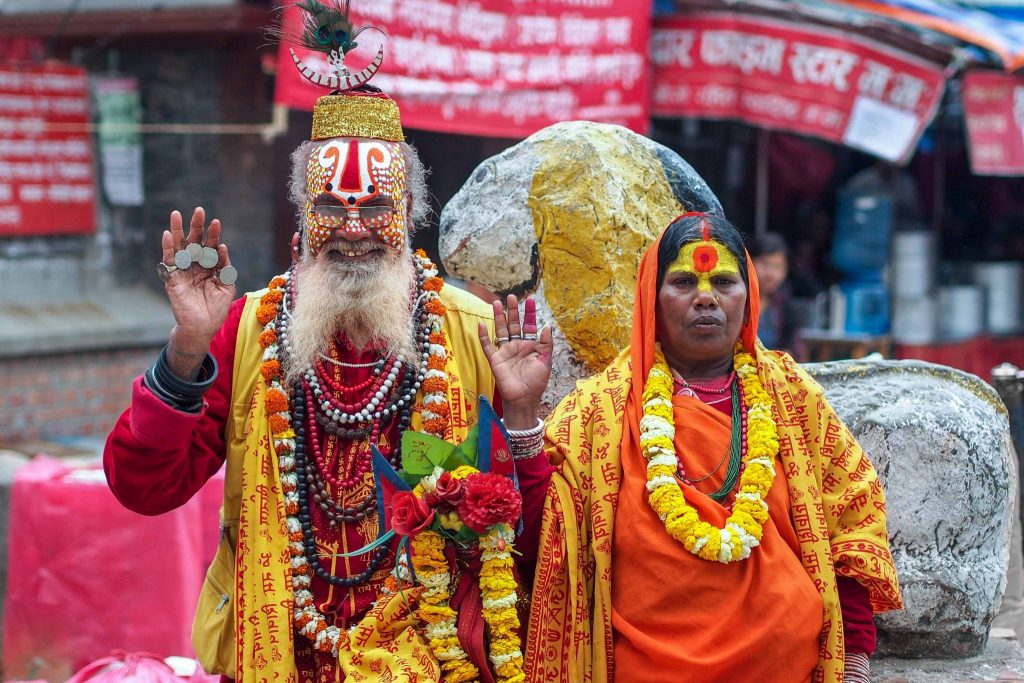
The vibrantly clothed Sadhus are common sight near the temples in Old Town and Durbar Square. They are Hindu holy men and women who have shunned possessions and dedicate their lives to caring for temples. But in this modern world, even Sahdus need money so for a few Rupees you may take their photo. But remember to ask permission first and pay a fair price.
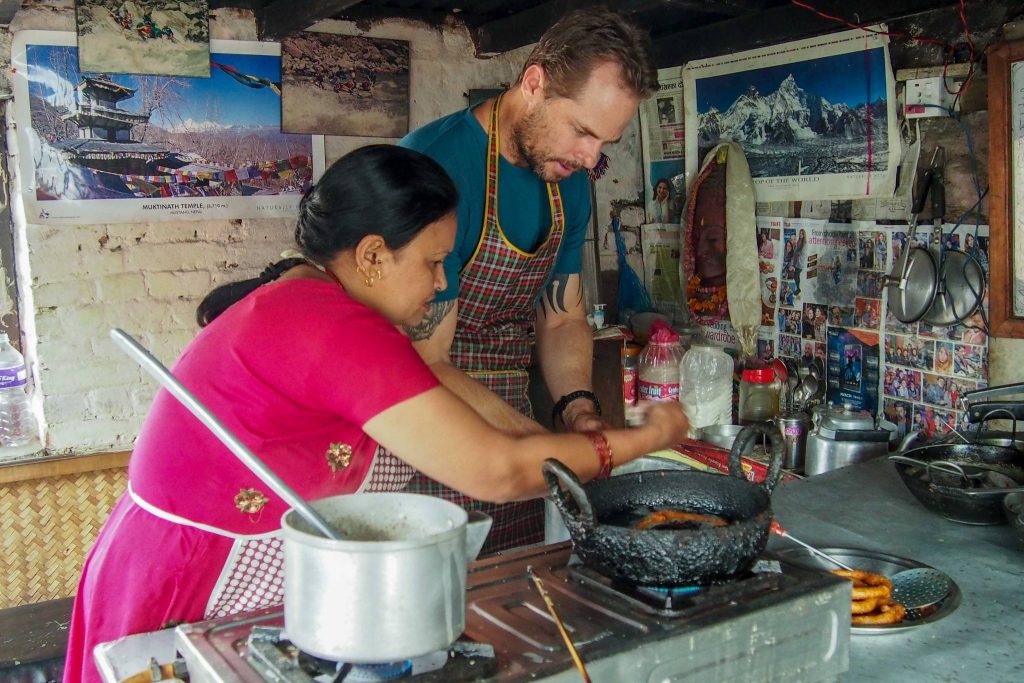
We found this cooking class online and despite having zero culinary skills between us, Dave and I decided it would be a fun way to spend the day.
We met Amrit mid morning at the marketplace in Old Town where he picked up some fresh ingredients and spices for our meal. We took a short walk back to his home where we were greeted by his wife Eanu who handed us two aprons and ushered us into her kitchen.
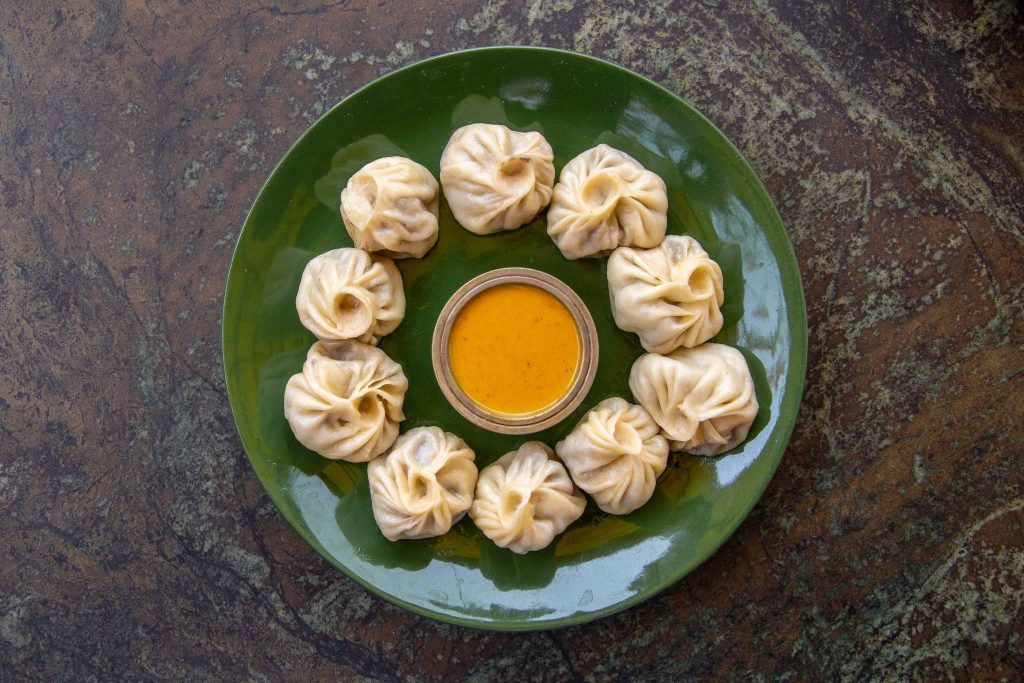
We learnt to make the individual elements of Dal Baht, the national dish featuring vegetable curry, savoury greens, lentil soup, pickles and rice. We also made celebration bread, which is similar to doughy pretzels and my favourite, vegetarian momos. Small parcels of delicious, vegetable filled, garlicky goodness.
Eanu was very patient and lovely despite the fact I butchered the vegetables and Dave destroyed the celebration bread. After the butchering was done, we sat down with Amrit and Eanu’s two sons and devoured our feast. The food was simple and hearty and so delicious.
Since we visited in 2015, the cooking class has grown and is now held in their new home on small farm just outside Thamel.
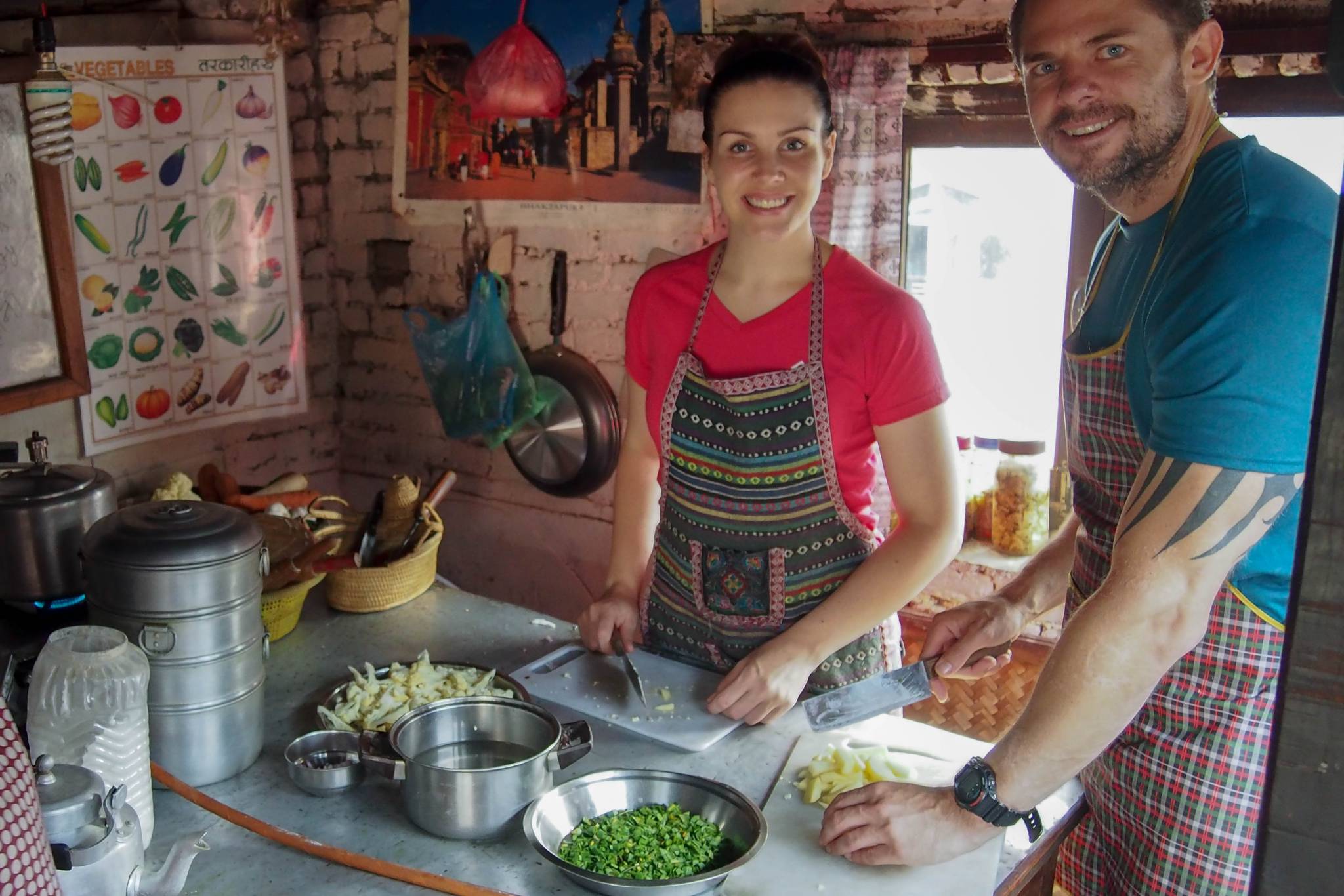

Everest Base Camp Trek
After our stay in Kathmandu we set off on a 12 day trek to Everest Base Camp. We booked through a local agency who supplied us with a guide and porter between the two of us. We paid a fixed amount which covered the flights, food, accommodation and guide and porters fees. During the trek the guide will pay for your food and accommodation as you go. Breakfast, lunch and dinner are included with a cup of tea or coffee with each meal.
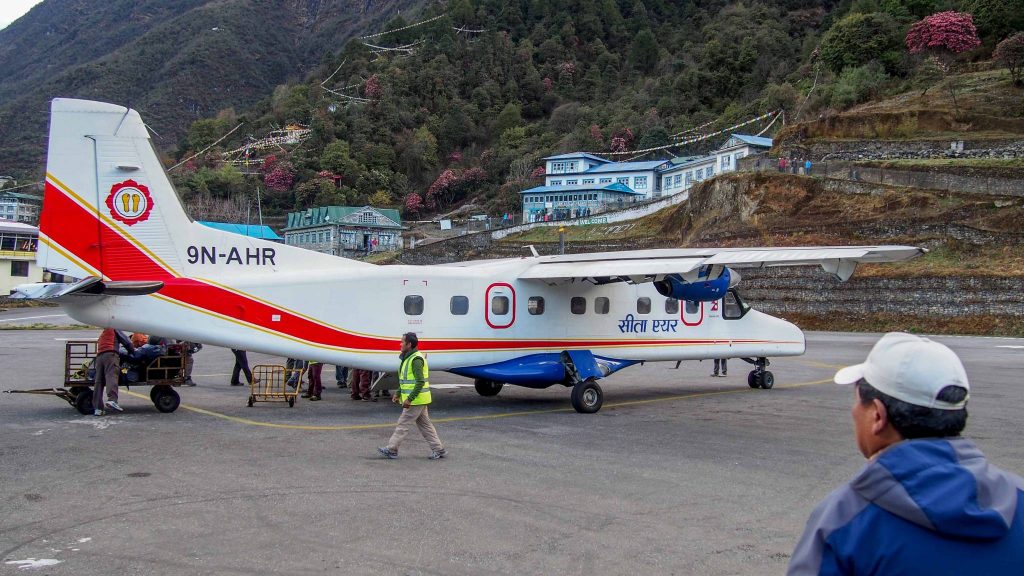
We flew from Kathmandu in the oldest and tiniest plane you have ever seen, into Lukla (2860 meters), the worlds most dangerous airport nestled into the side of a mountain. Breakfast was in a teahouse overlooking the airport where we watched tiny planes hurtle off the side of the mountain, hoping they took flight before they reached the edge of the very short runway.
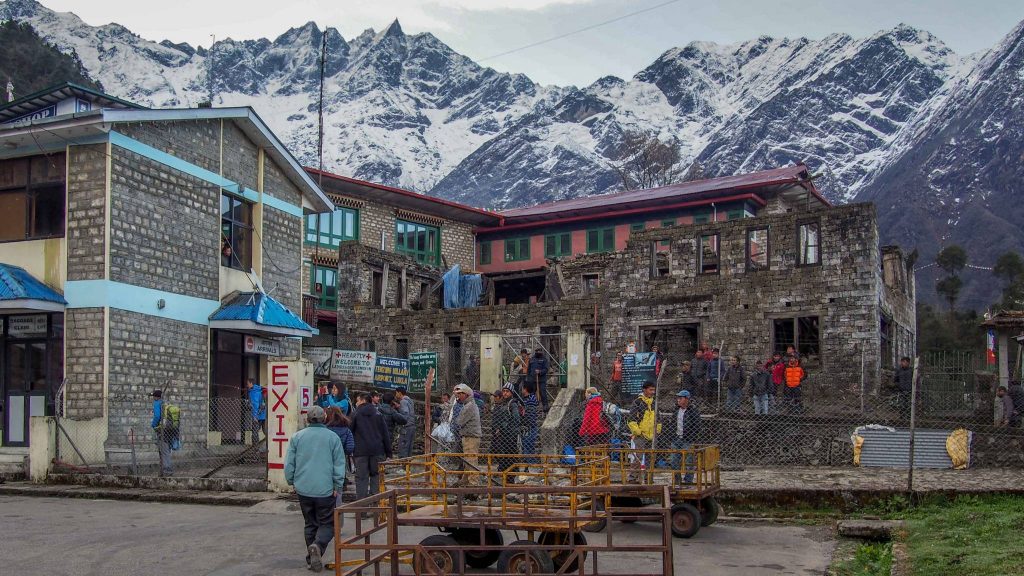
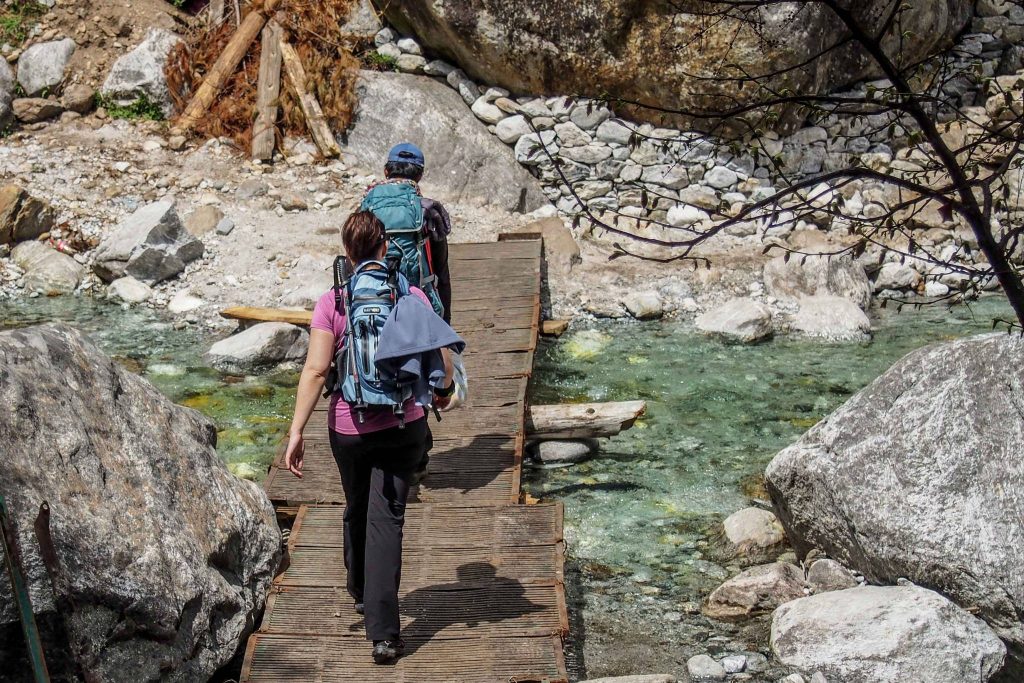
Day one, Lukla to Phakding – 2,651 meters
We each carried a day pack containing camel backs filled with water, camera gear, a mid weight fleece, waterproof jacket, snacks and first aid equipment. Out porter carried our large packs with sleeping bags, a few changes of clothes and toiletries. Porters are accustomed to the altitude and carrying large loads but please be respectful, pack only what you need and keep your weight to under 10kg. We saw porters carrying very large designer suitcases strapped to baskets and in one case, a guitar.

One of the many suspension bridges you will have to cross. Always give way to yaks and porters.
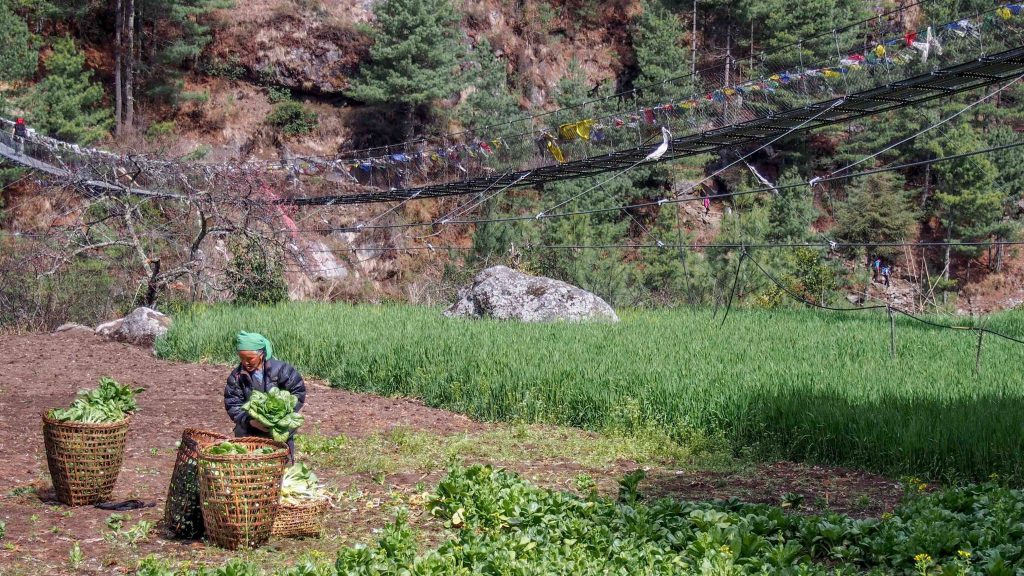
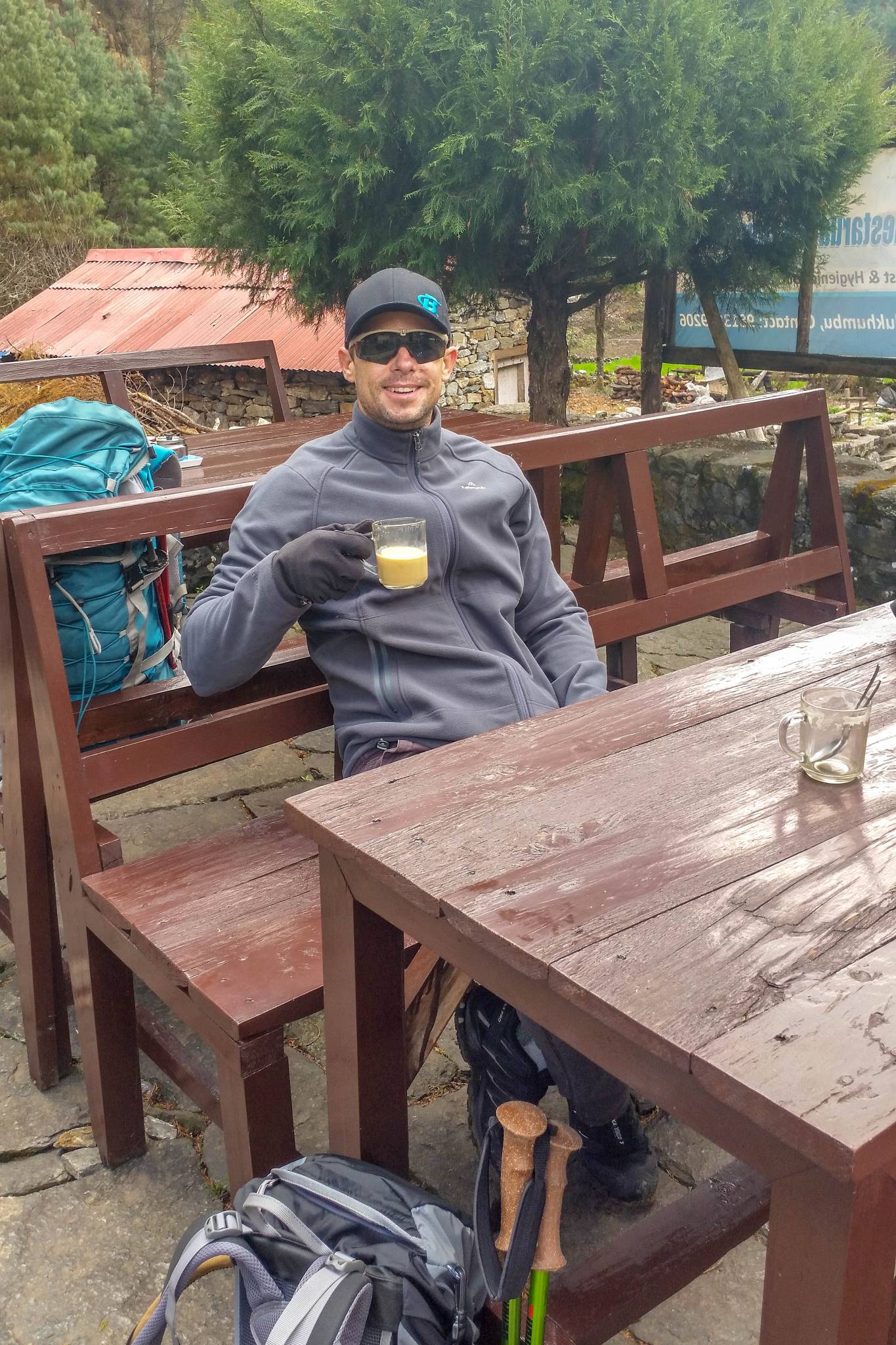
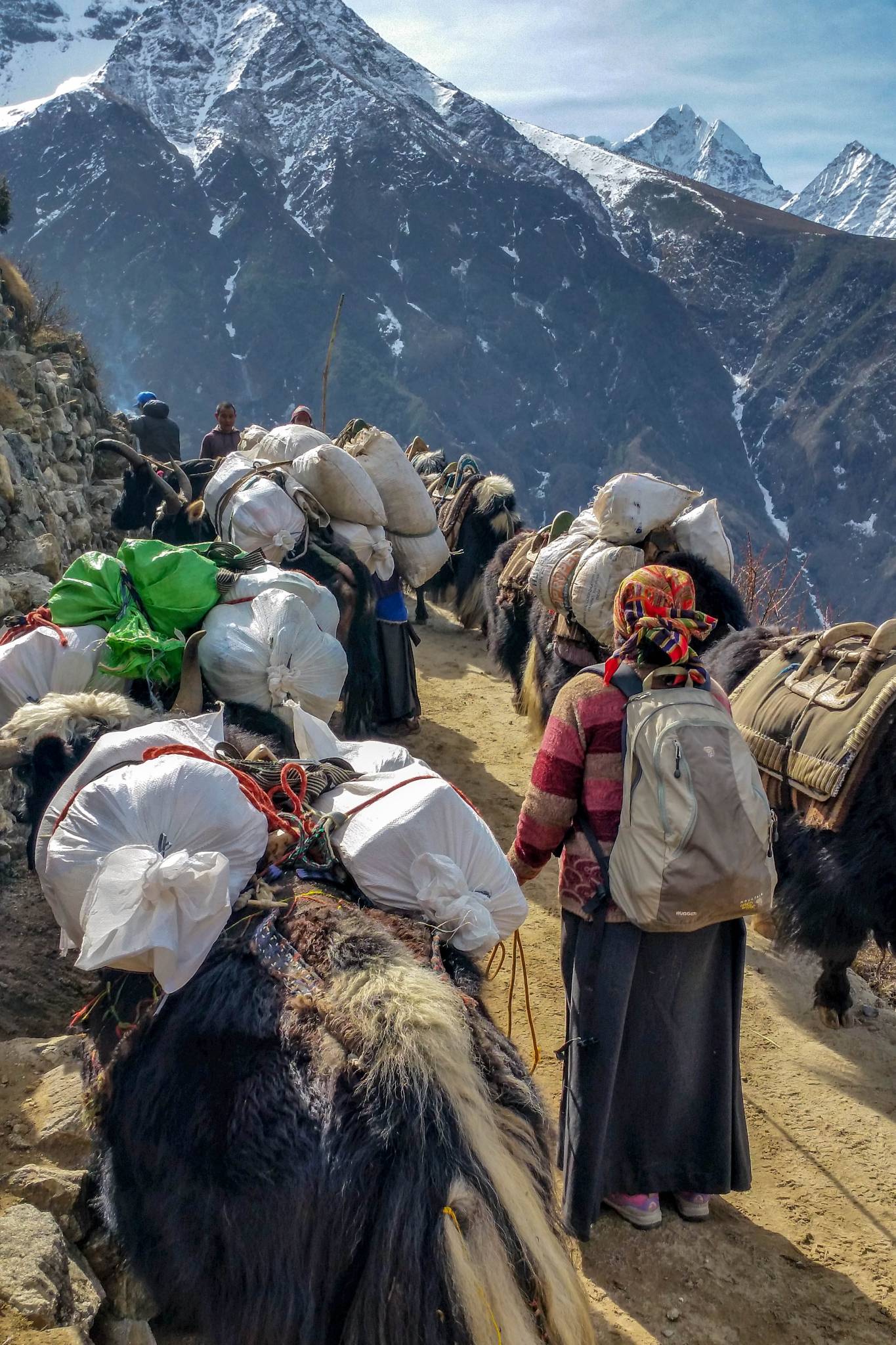
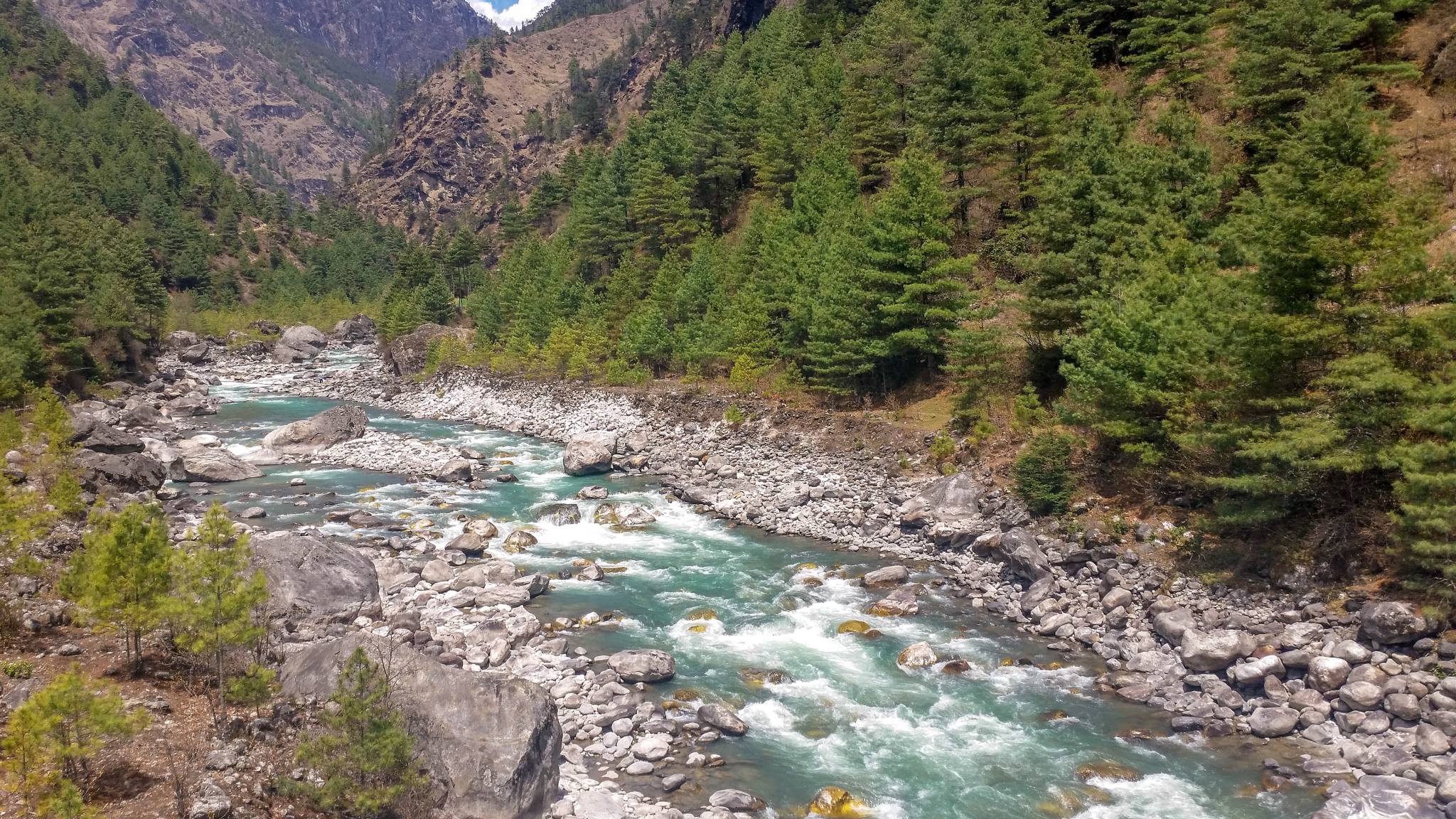
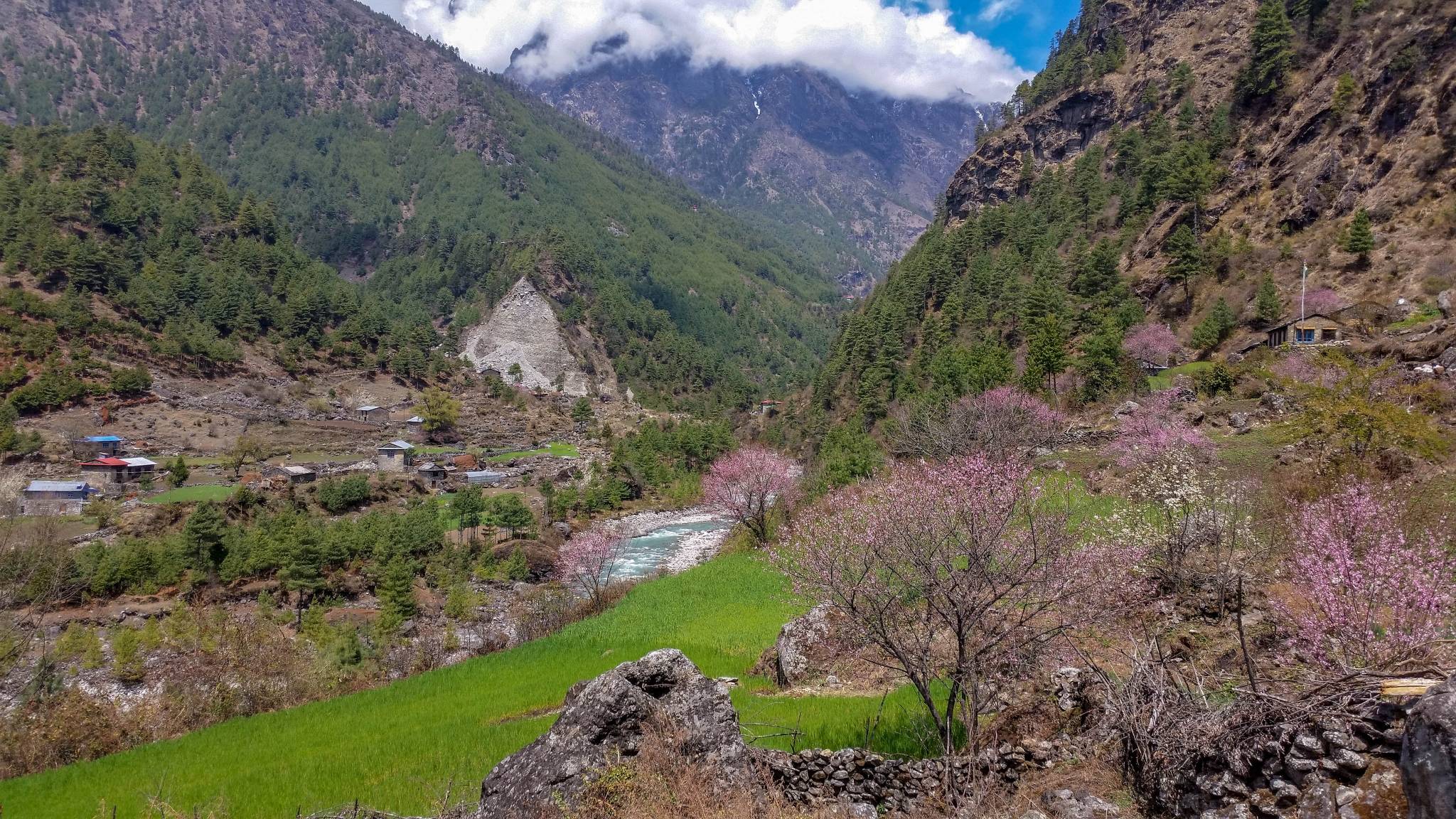
Days two and three, Phakding to Namche Bazaar – 3438 meters
The hardest walk I have EVER done in my life. Six hours mostly uphill ascending to 3500 meters. The air was thin and I was unfit. Not a great combination.
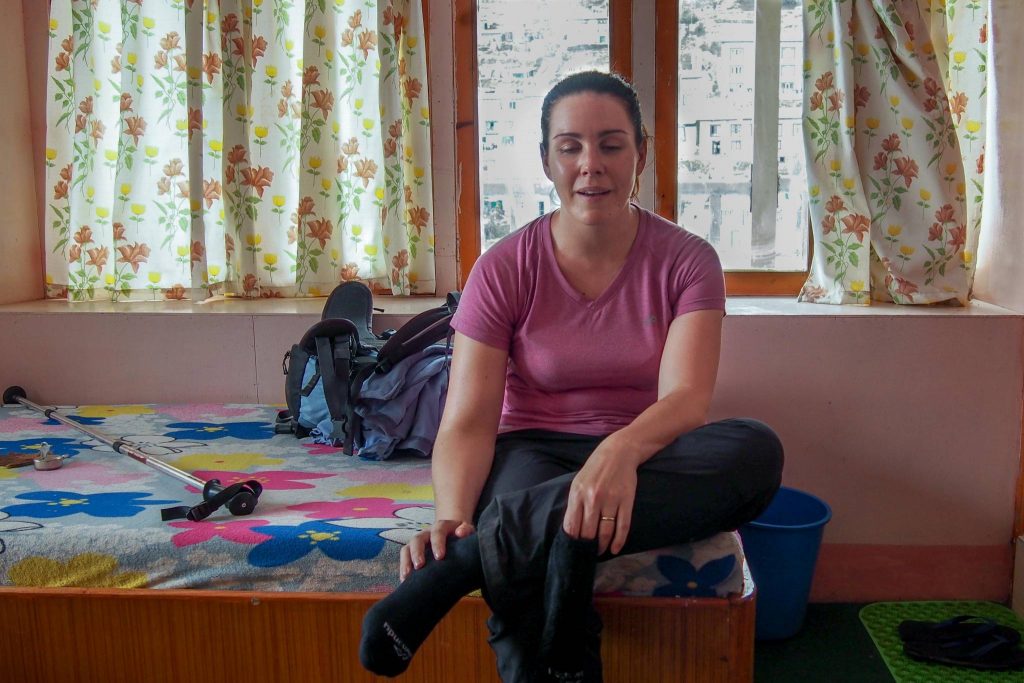
A mix of relief and exhaustion as I struggle to take off my shoes in our modest tea house in Namche Bazaar. I slept for twelve hours that night.
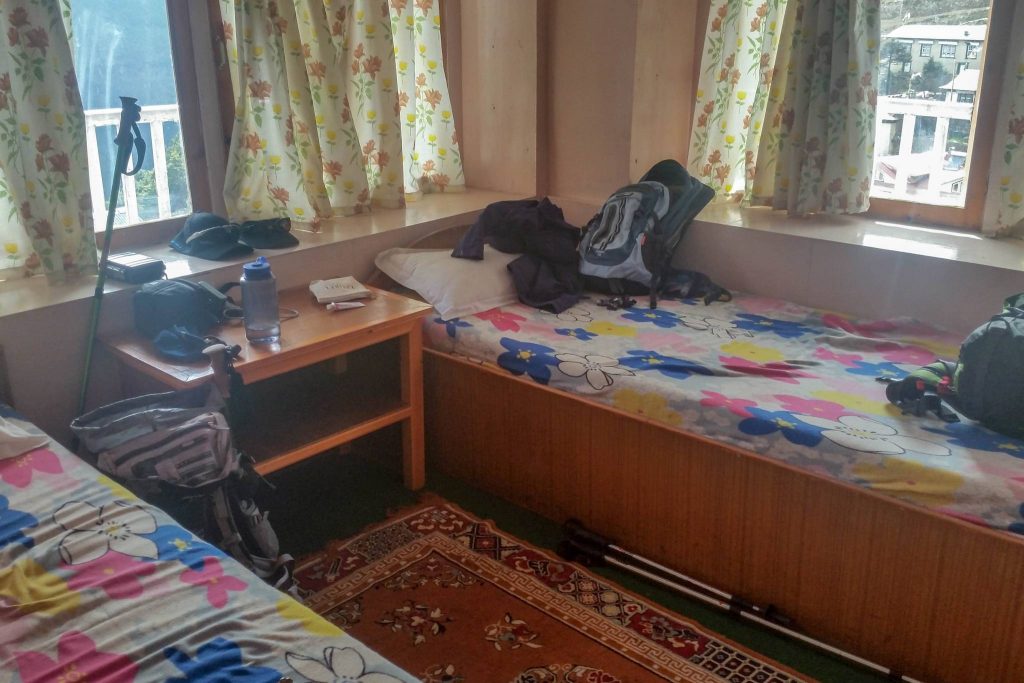
Our five star accommodation in Namche Bazaar. This is considered the height of luxury in the mountains because we had an attached bathroom with hot water. The last shower we would have for the remainder of the trek.
Above, Namche Bazaar is the largest town in the Khumbu region. It acts as an acclimatisation stop for all treks in the area so we spent a day here visiting the Sherpa Culture Museum and exploring the town. Up at the museum we caught our first glimpse of Everest.
Due to the Swiss expat influence, you’ll find a Swedish style bakery on just about every corner in Nepal. They’re especially prevalent in the mountains where the homestyle apple pies and rich chocolate brownies are a welcome treat for hungry trekkers.
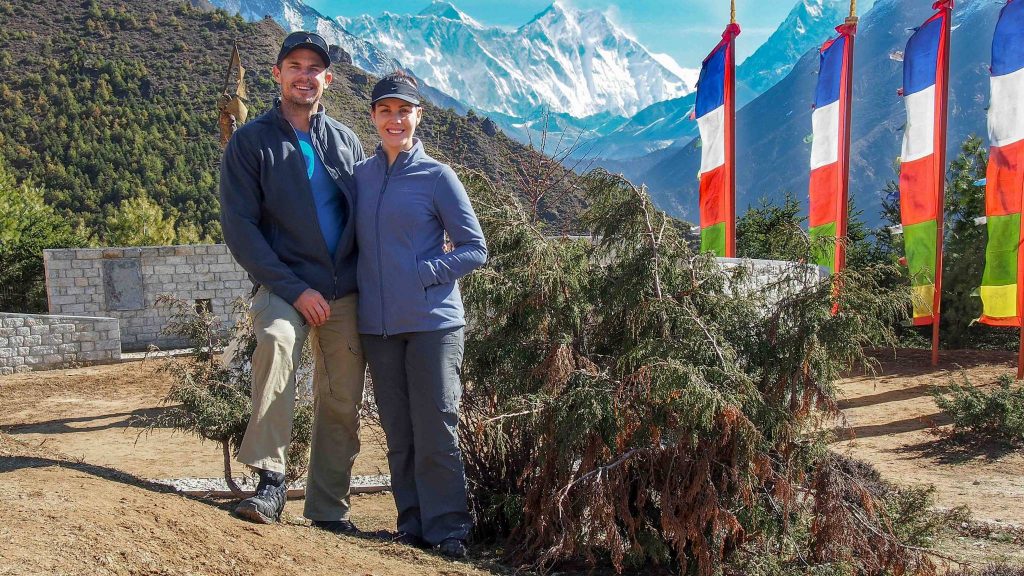
Day four, Namche Bazaar to Tenboche – 3870 meters
We ascended 400 meters and altitude sickness started to kick in at this point with headaches and nausea plaguing both of us for most of the day. In hindsight, for two Aussies who are accustomed to living at an altitude of 330 meters, maybe we should have taken an additional acclimatisation day.
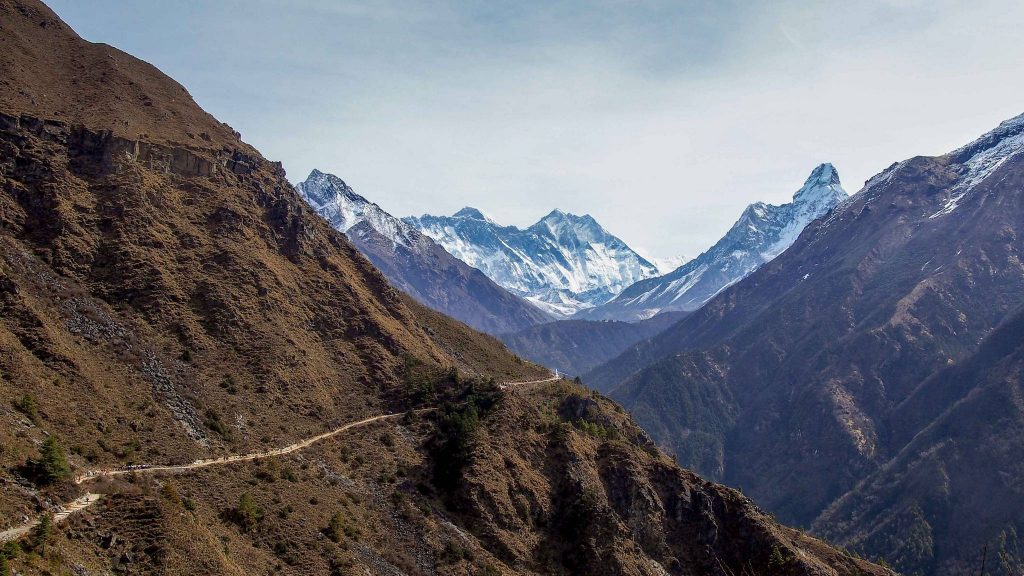
The first part of the trail to Tengboche. Around every corner we were greeted with yet another spectacular mountain view.
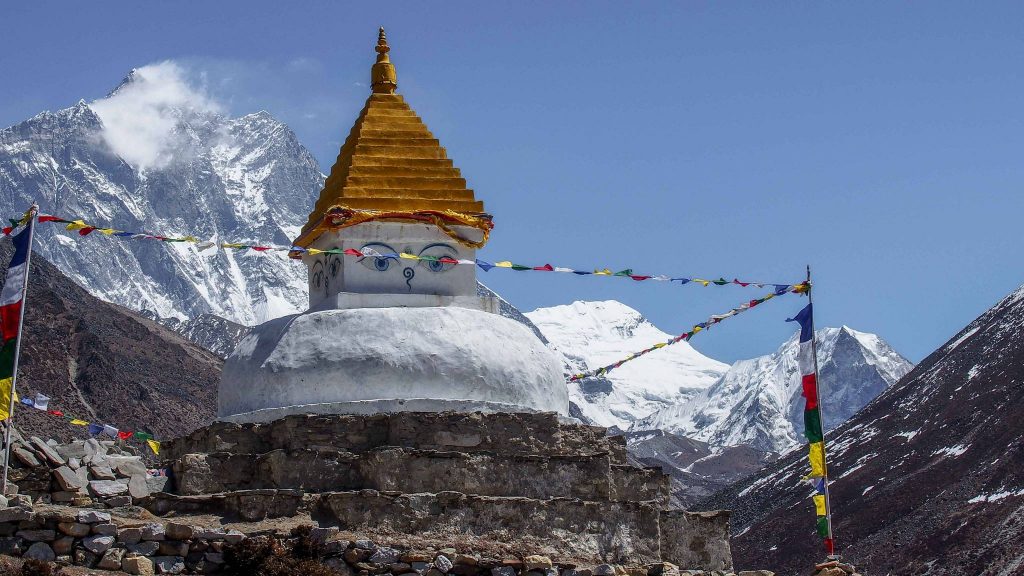
A small Stupa in the middle of the trail. Stupa’s are a place of meditation for Buddhists.
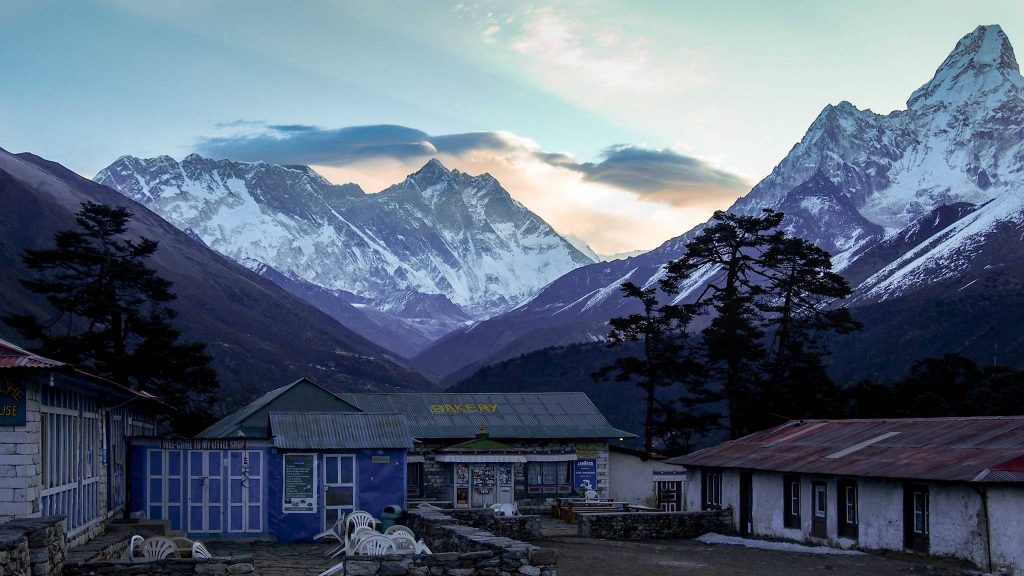
Our teahouse in Tengboche and the stunning mountain views which you can see from three sides.
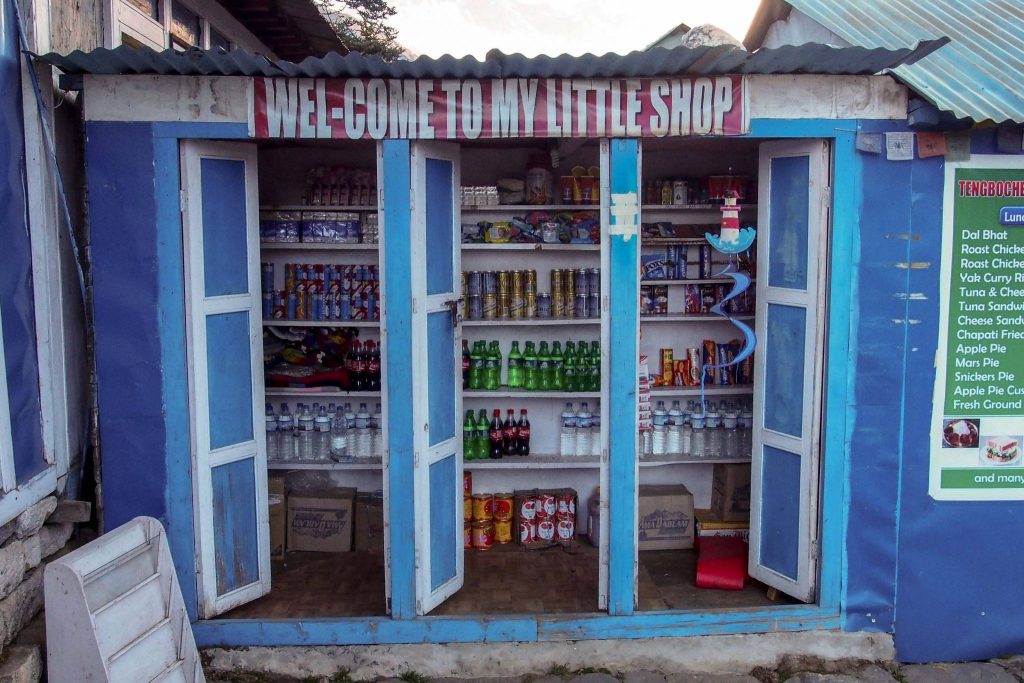
Snacks and drinks are available along the trail at every teahouse. Plastic pollution is a serious problem in Nepal so to limit your impact on the local environment, bring your own water bottles and use a Steripen to sterilise the water. Instead of soft drinks, have a cup of tea. Chocolate is so good at altitude especially when you’re losing your appetite so if you bring your own or purchase some at the tea house, take your wrappers home with you.
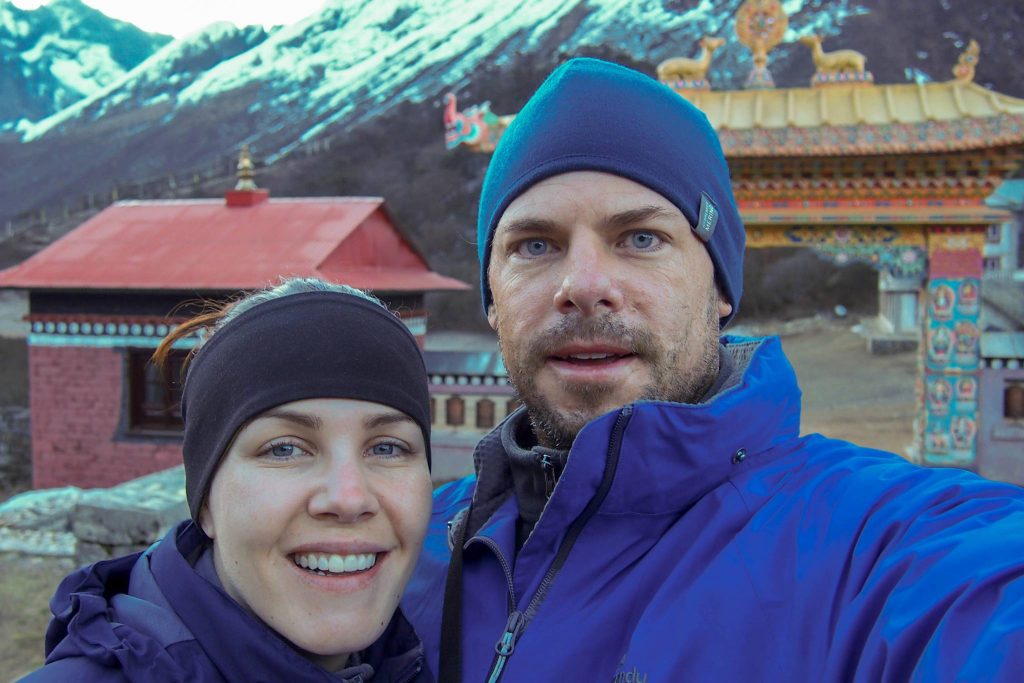
We braved the minus seven degree morning to wake up early and visit the Tenboche Monastery to watch the Buddhist monks read their morning prayers. Photos are not allowed inside the monastery so we settled in and contented ourselves with listening to the soothing sounds of the monks chanting.
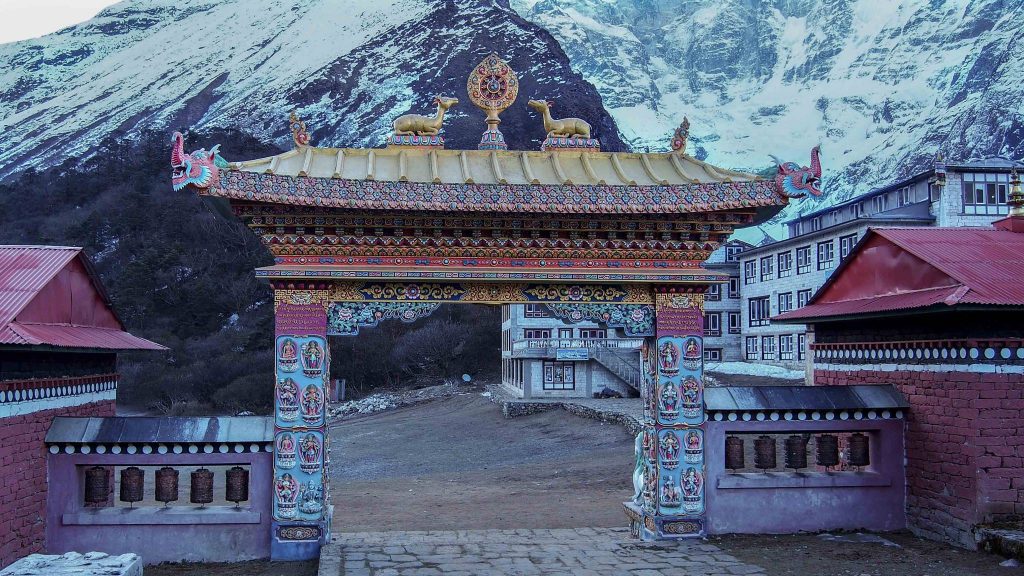
Day five Tengboche to Dingboche – 4360 meters
We woke to snow! It was a magical white wonderland but so cold, about minus 12 degrees.
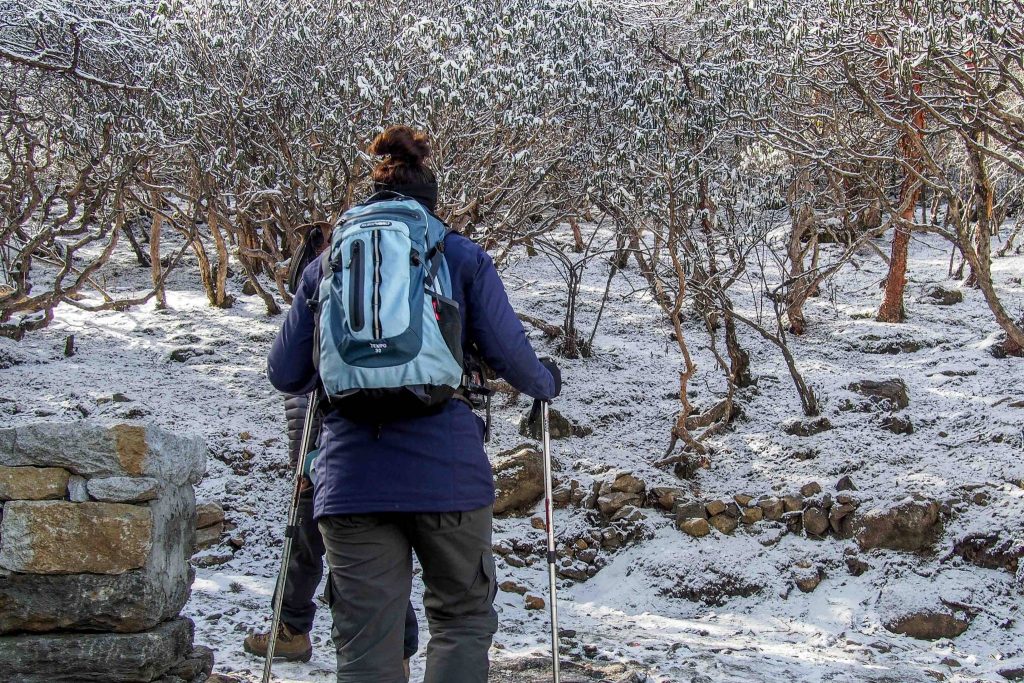
This was by far the toughest day of the trek. Altitude sickness had made itself at home. Dave was experiencing severe headaches and chewing panadol like they were lollies and I was so nauseous I could only keep down dry pringles. After an overnight in Dingboche I made the call to begin to descend and start the trek back to Namche Bazaar.
Everyone experiences altitude differently and there’s no real way to train or prepare for it. People die from altitude sickness and it should be taken seriously. The best thing you can do is listen to your body, descend and acclimate for a day or two then start again of you want to keep going up.
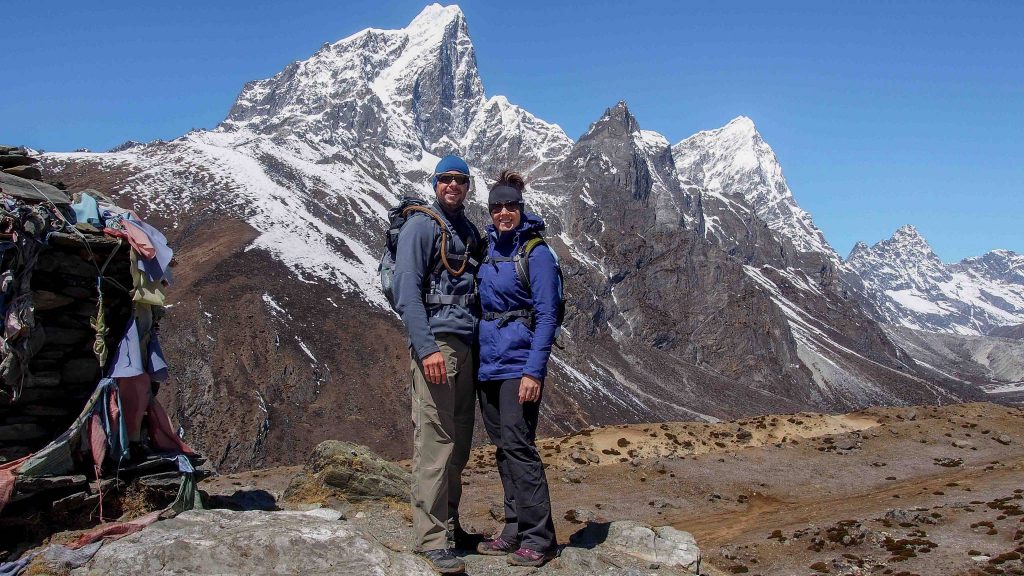
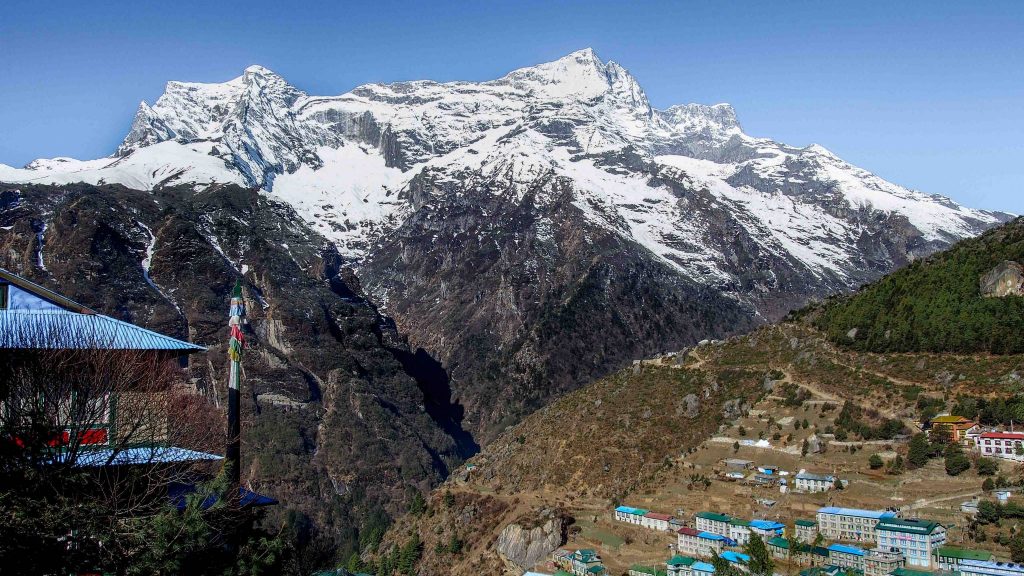
Day six and seven – Tengboche to Namche Bazaar and Lukla
Going down is much faster than going up!
We spent the night in Namche Bazaar and enjoyed our first evening of solid food and no headaches. Despite feeling better, I was tired and keen to get back to Kathmandu so we called off the remainder of the trek. I have to remind myself, though we didn’t make it Everest Base Camp, we still accomplished five days of strenuous trekking under conditions we were not accustomed to. I’m pretty proud of how far we made it.
The last day was a long eight hour walk from Namche Bazaar all the way back to Lukla where we spent the night and hopped on a flight back to Kathmandu the following morning. The experience of sitting inside a tiny plane while it hurtles itself off a very, very short runway into swirling mist and darkness was one I will never forget. There were cheers and clapping from everyone on board when me made it safely into the air.
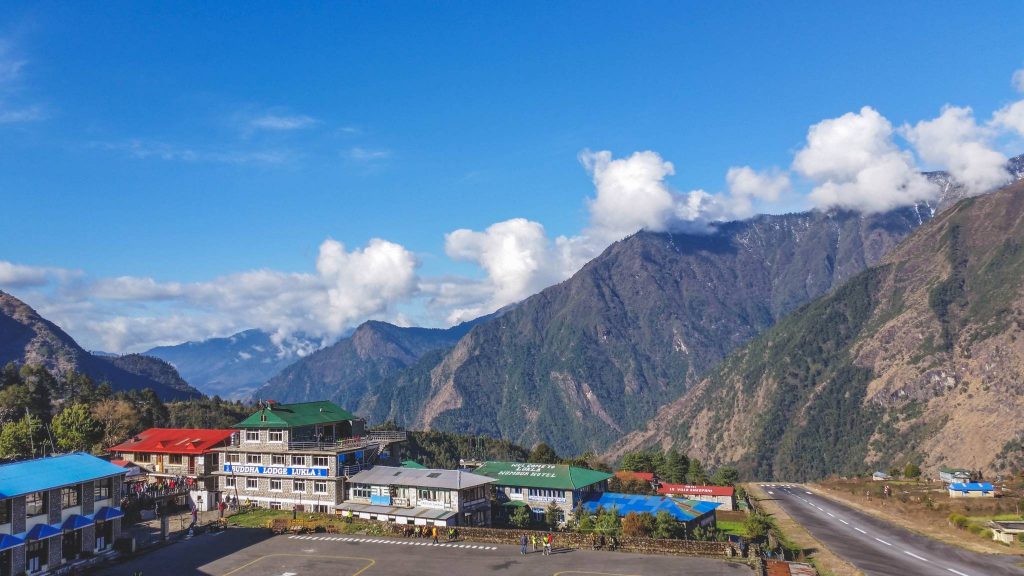
Two days after we returned home to Australia the first earthquake hit Nepal, devastating most of the country. Dave and I were heartbroken.
When a country like Nepal suffers a natural disaster, the best thing we can do is donate money to relief efforts and help keep tourism going. When the second earthquake hit, we decided on the spot that a return trip was happening the following year.
Trip two
We returned the following year in spring, this time to visit Pokhara and take on an easier trek in the Annapurna Ranges. But first, a few days in Thamel to reacquaint ourselves with the vibrant, bustling culture we fell in love with the first time around.
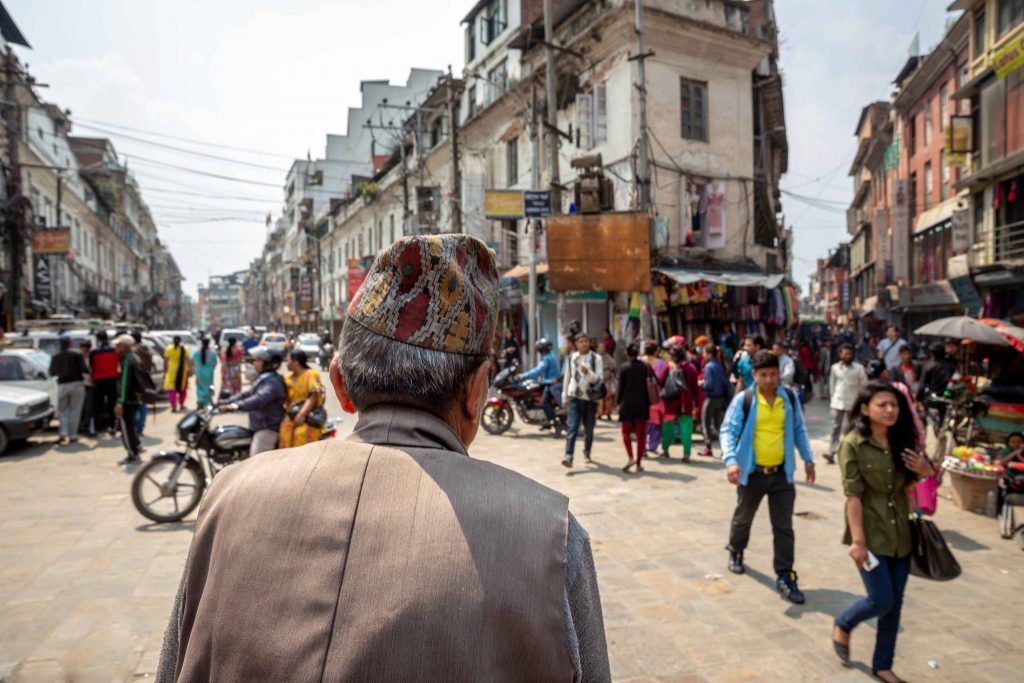
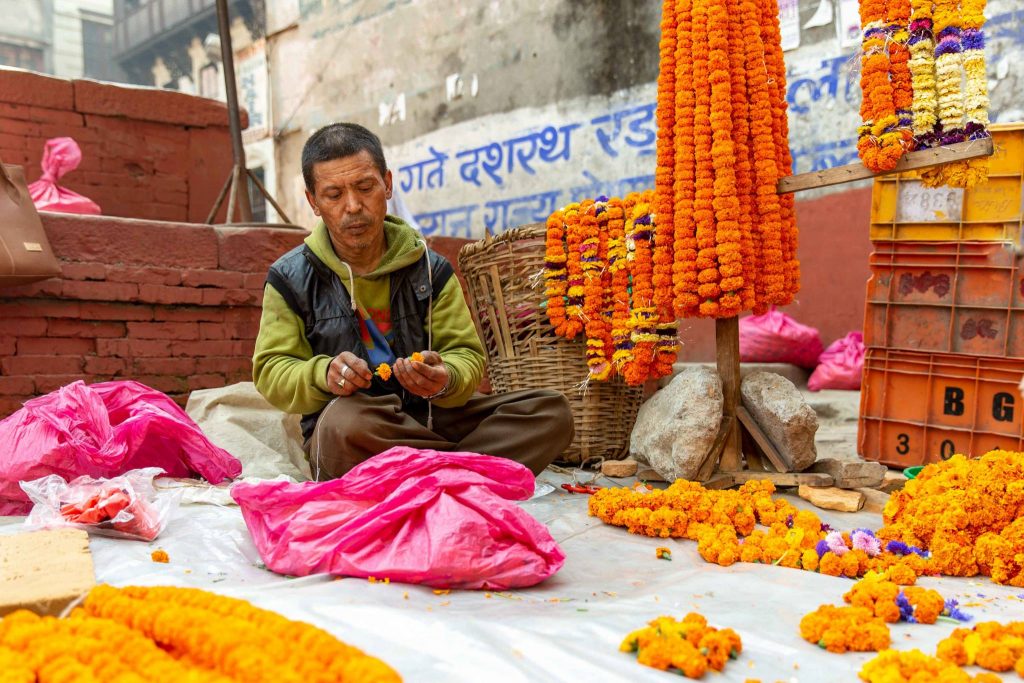
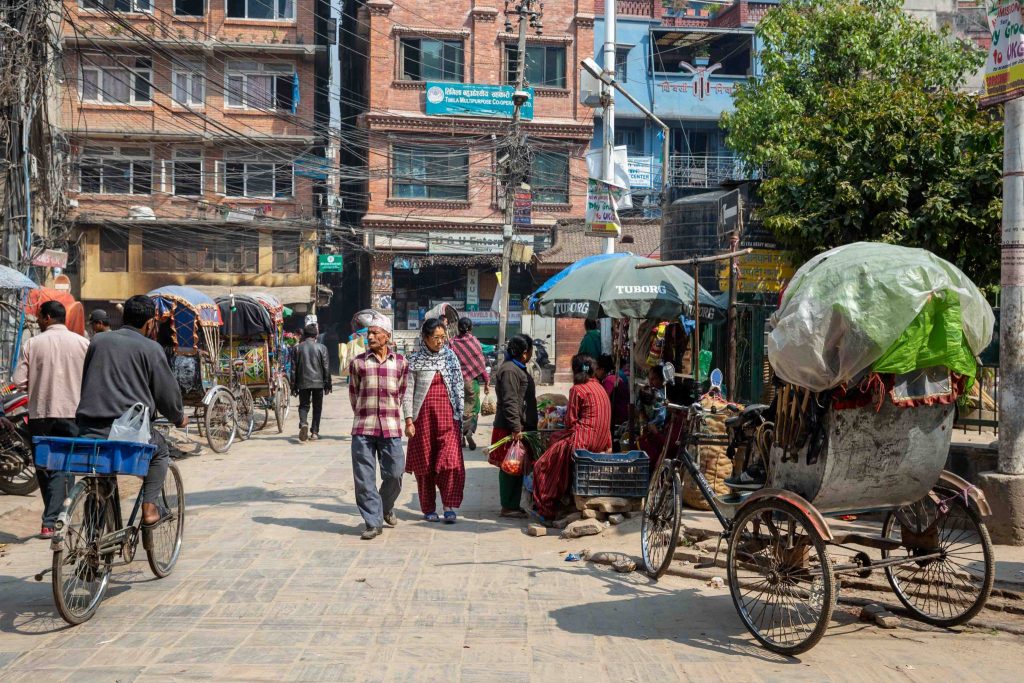
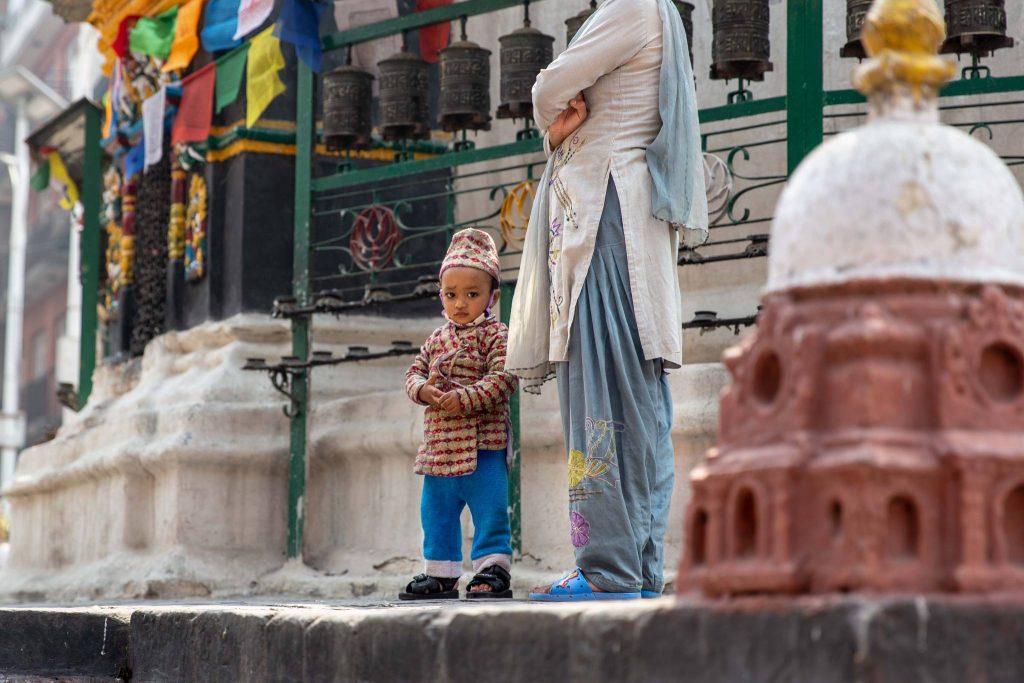
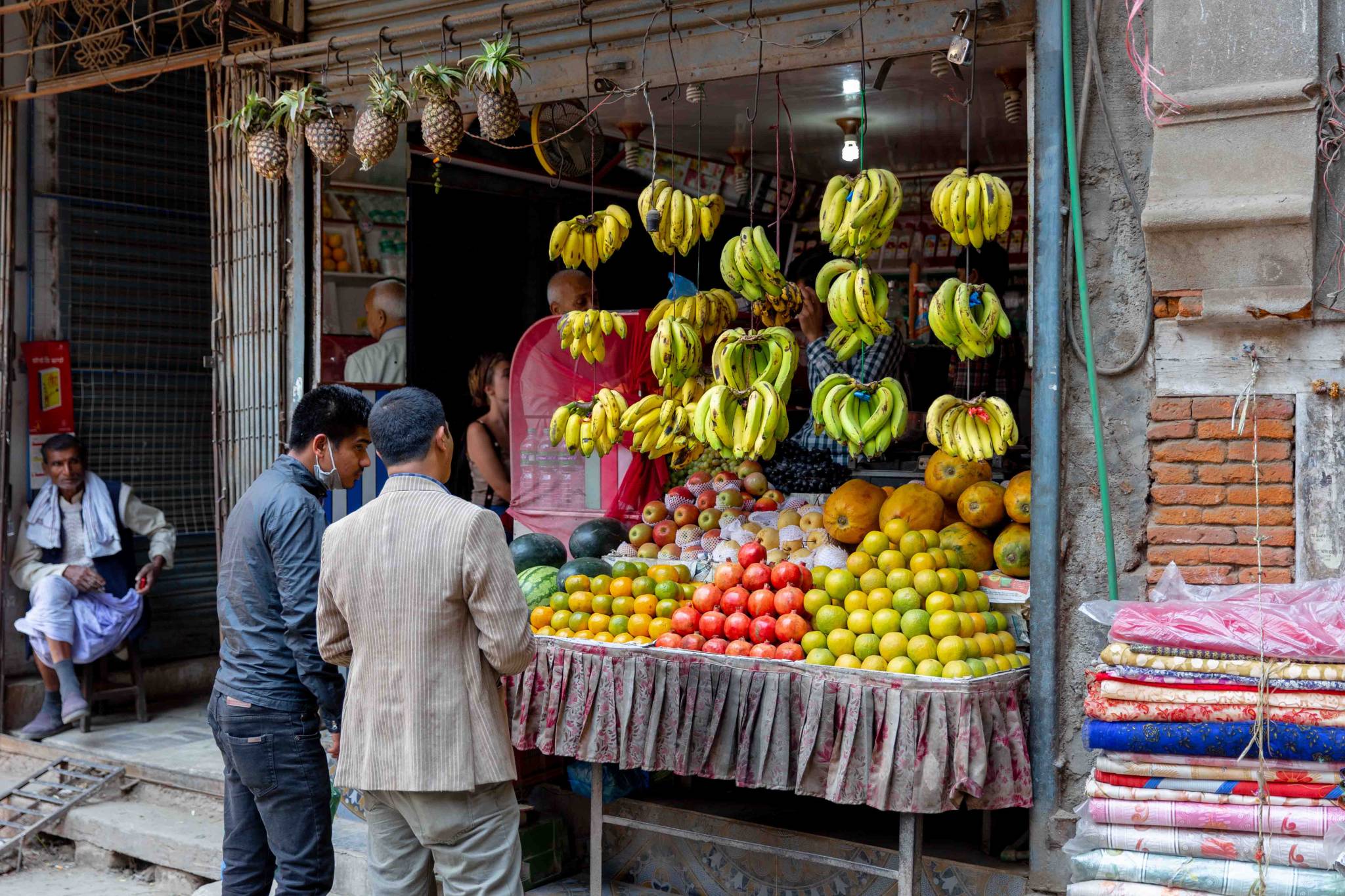
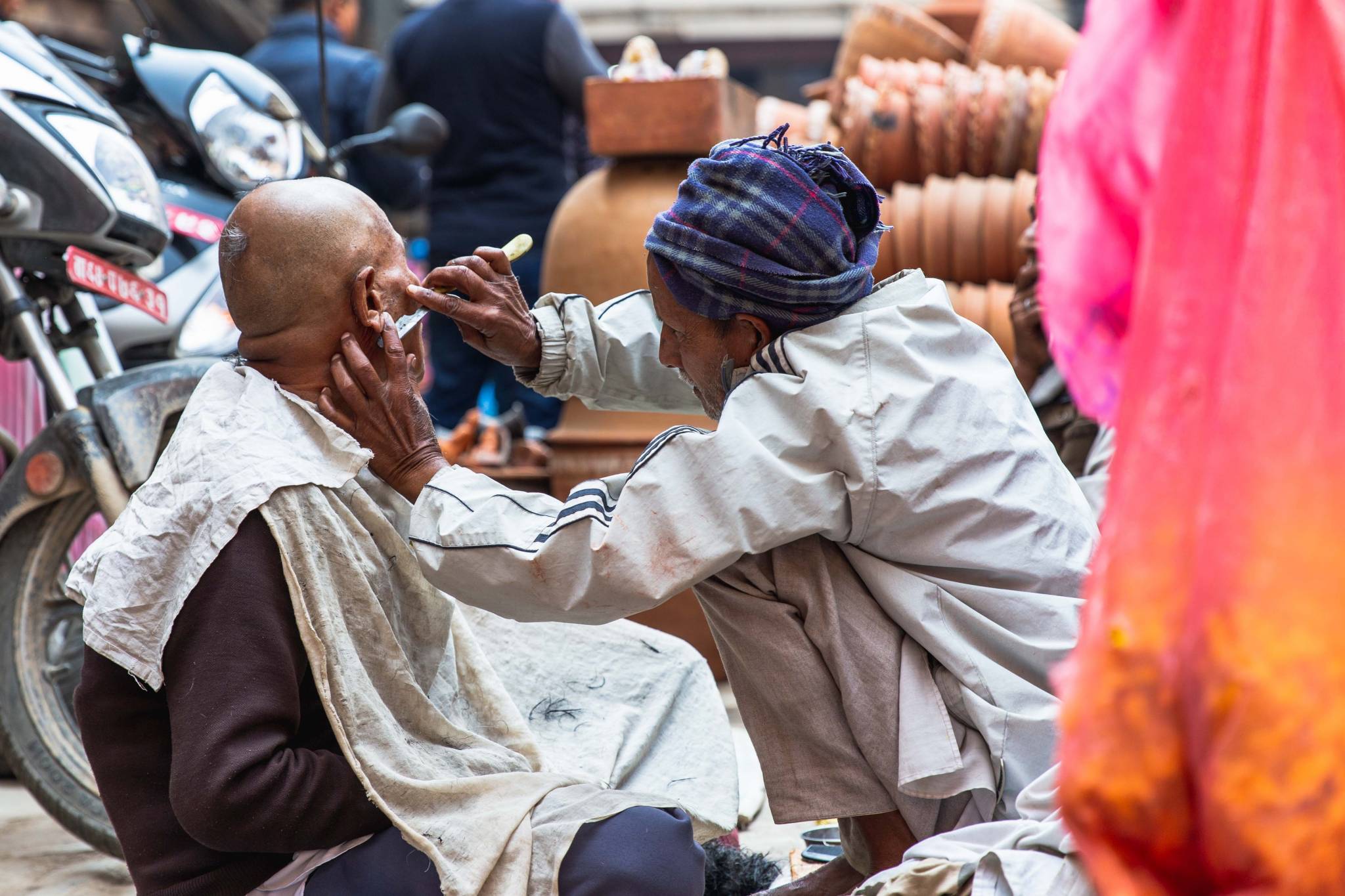
Kathmandu to Pokhara
There are three ways to get from Kathmandu to Pokhara. Bus, car or fly.
At eight hours, the bus is the slowest option as it stops to pick people up and let them off and stops for breaks. However at a very low $20, it is the cheapest option but not very comfortable.
At six hours, renting a driver and car is the most comfortable, but still affordable option costing around $100. Unfortunately we didn’t think to ask what kind of car we would be driven in and spent a very cramped six hours in a tiny Toyota Corolla. Which broke down. Twice.
For the return trip back to Kathmandu, we went with option three. Fly. Not as eco-friendly and more expensive, costing around $150 per person. But, it only takes an hour and if you’re short on time or suffering from any trekking ailments, this is an amazing option.

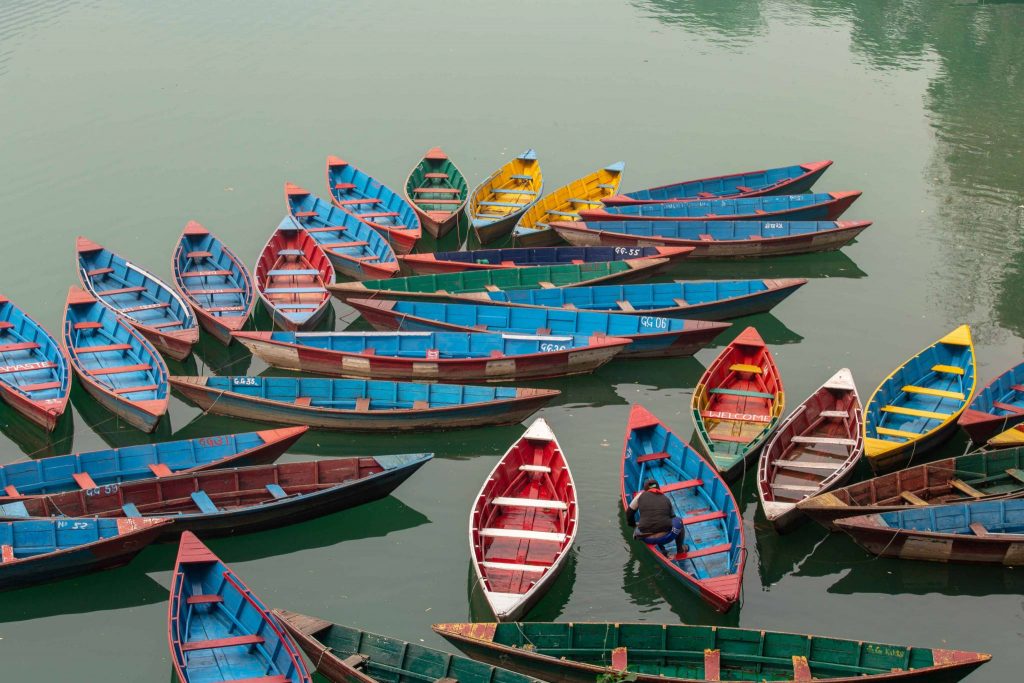
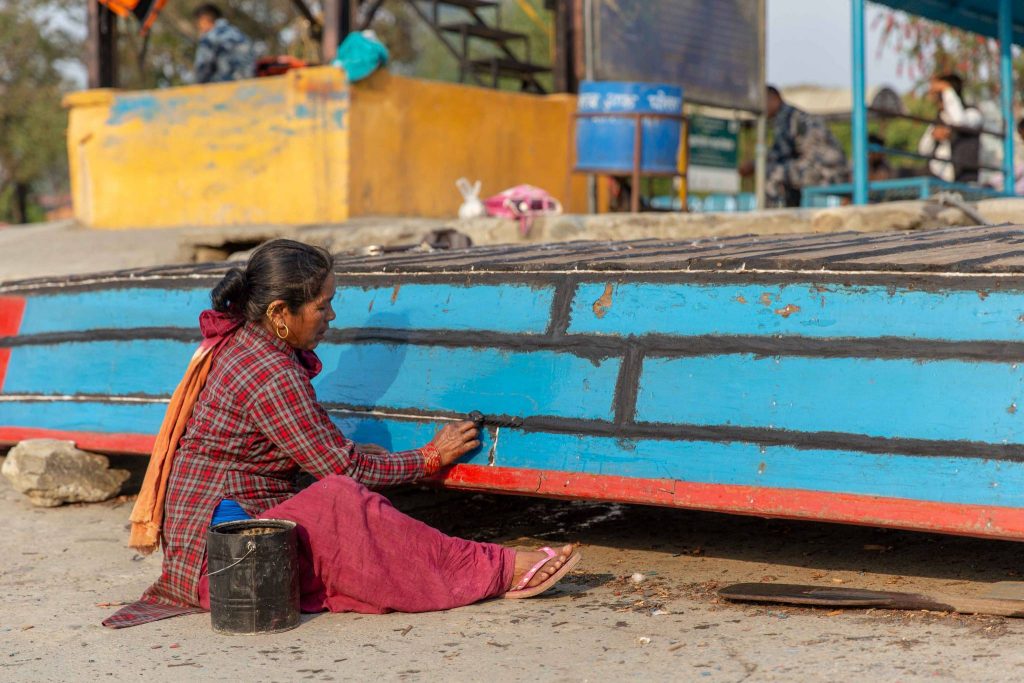
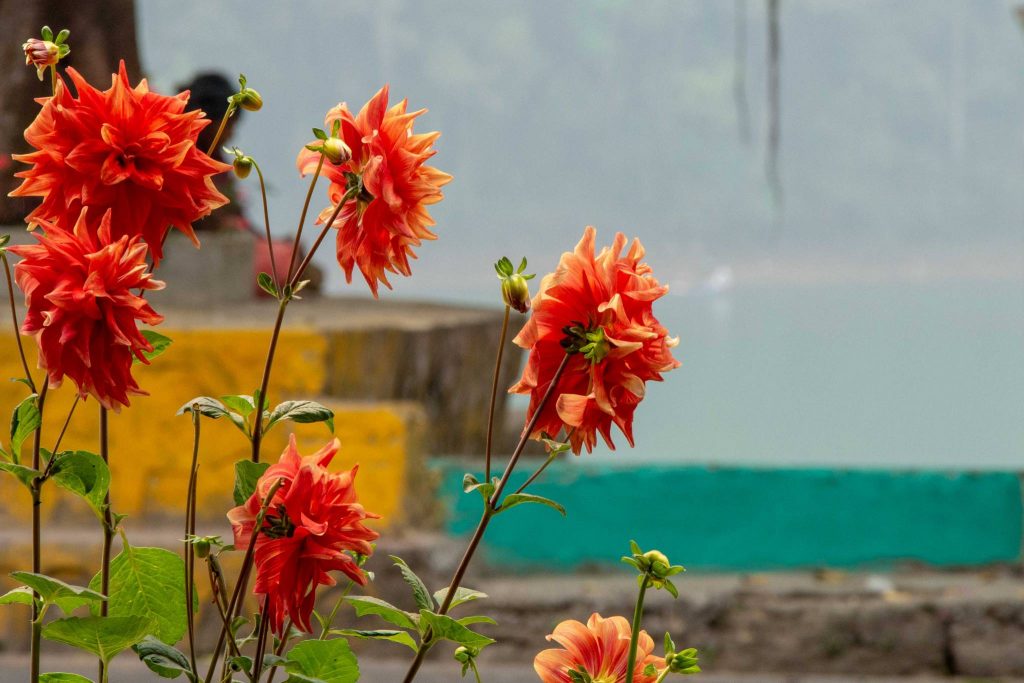
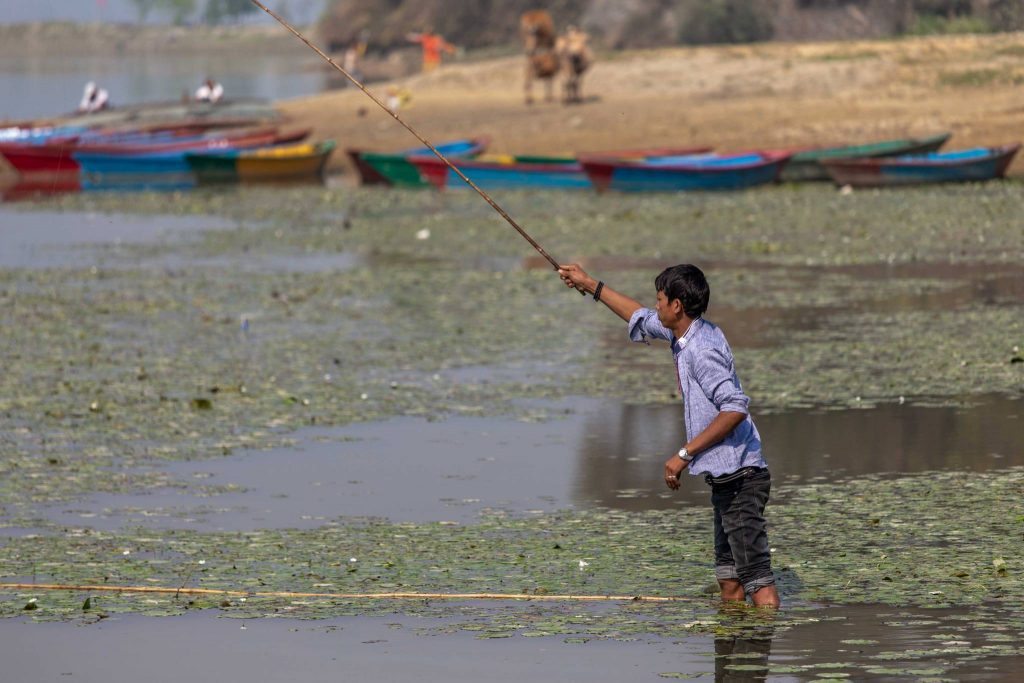
Pokhara is a really pretty town set beside Phewa Lake. It’s more subdued than neighbouring Kathmandu and the streets are lined with wide footpaths so you can meander down the sidewalk browsing the shops and cafes.
Located in the Annapurna region, Pokhara is the base for hundreds of treks ranging from overnight to several weeks with very easy to more difficult trails. Many of the treks start only a short drive from the town and the trails are dotted with well equipped teahouses.
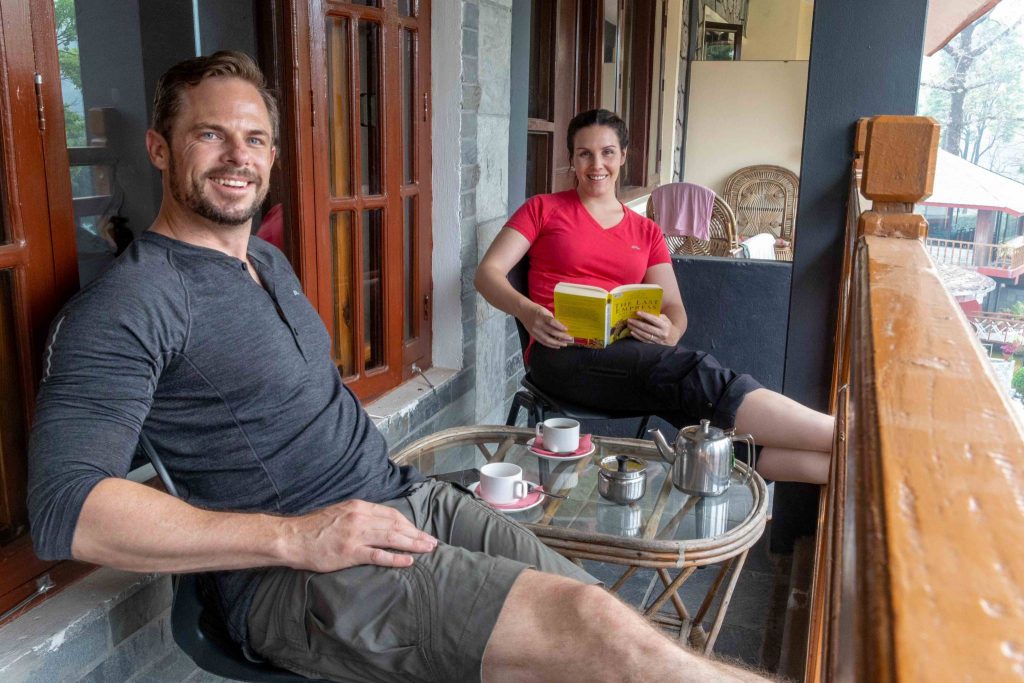
The first hotel we stayed in was in the centre of town and close to some of the most popular restaurants. It was a little too noisy so after two days, we checked out and found a quieter place a few hundred meters down the road. This lakeside hotel had a small balcony where we happily relaxed with books and a pot of milky, warm chai tea.
One of my favourite things about Nepal is the freedom you have to come and go on your own schedule. You pay by the night for hotels and can just walk into one off the street and book a room on the spot. Even the most upmarket hotels in Pokhara will only set you back $60 a night including breakfast.
Pokhara has some great shopping opportunities. If you’re in the market for a cashmere shawl, this is the place to shop for it. Many of the stores are aligned with women’s cooperatives providing employment for mothers and disabled women who otherwise could not work. The prices are higher than in Kathmandu but the quality is better and your money goes directly into the pockets of the people who make them. Stop by the Women’s Skills and Development shop. They have gorgeous bags, scarves and the cutest handmade soft toys. I picked a few up for my nephew who loved them.
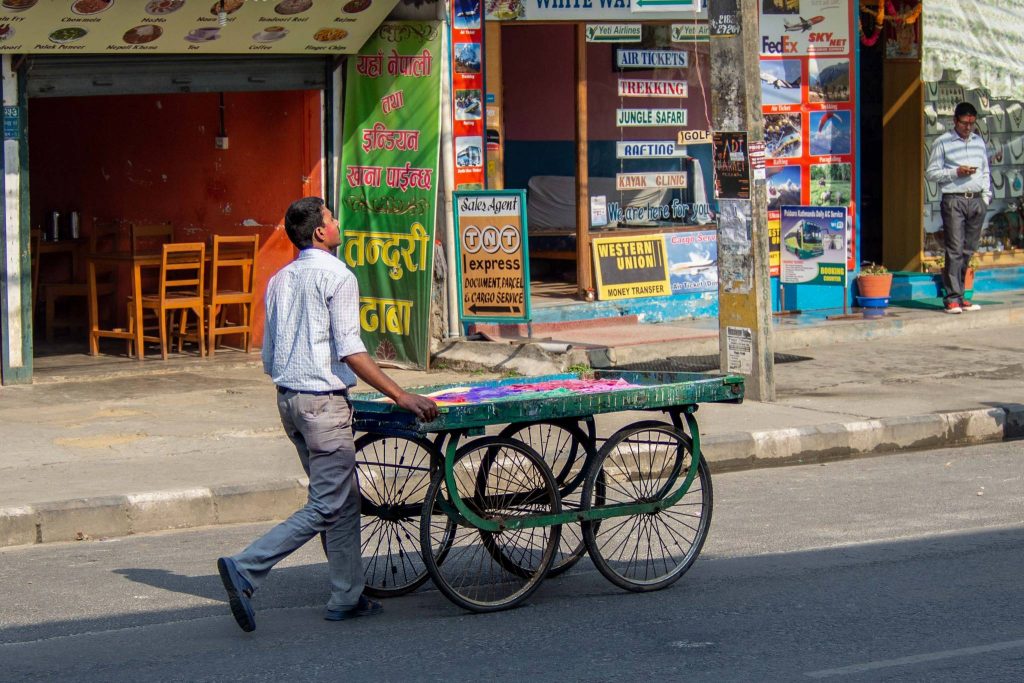
Vendor selling packets of coloured powder in preparation for Holi.
Holi
We spent two days exploring Pokhara and stuck around because we really wanted to experience Holi, the festival of colours or the festival of love. We parked ourselves in an outdoor cafe and watched people in the streets bomb each other with coloured powder.
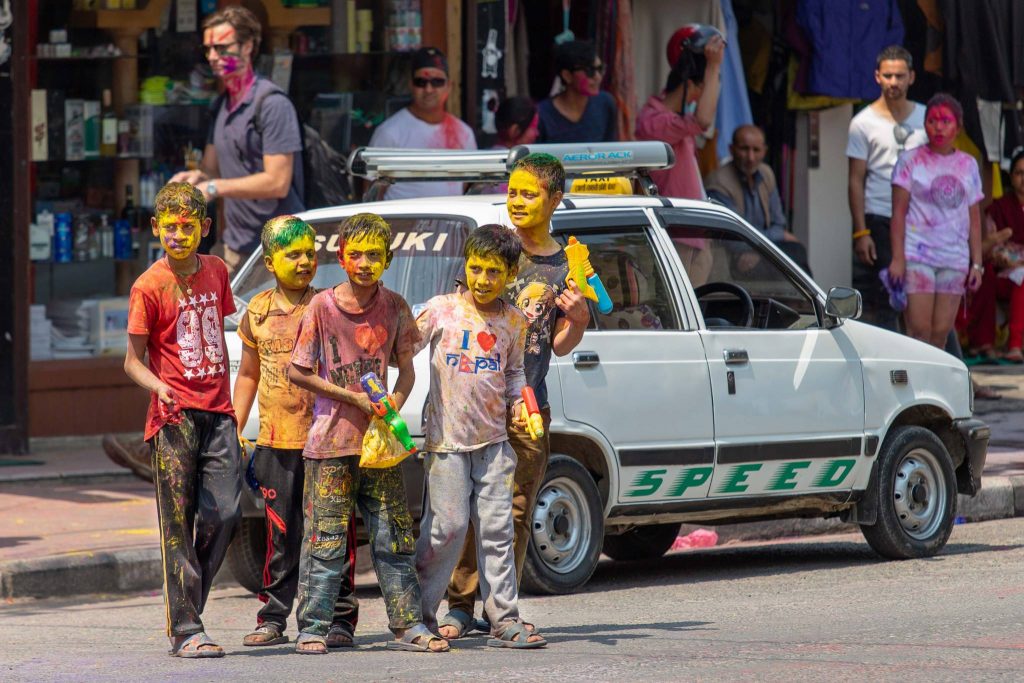
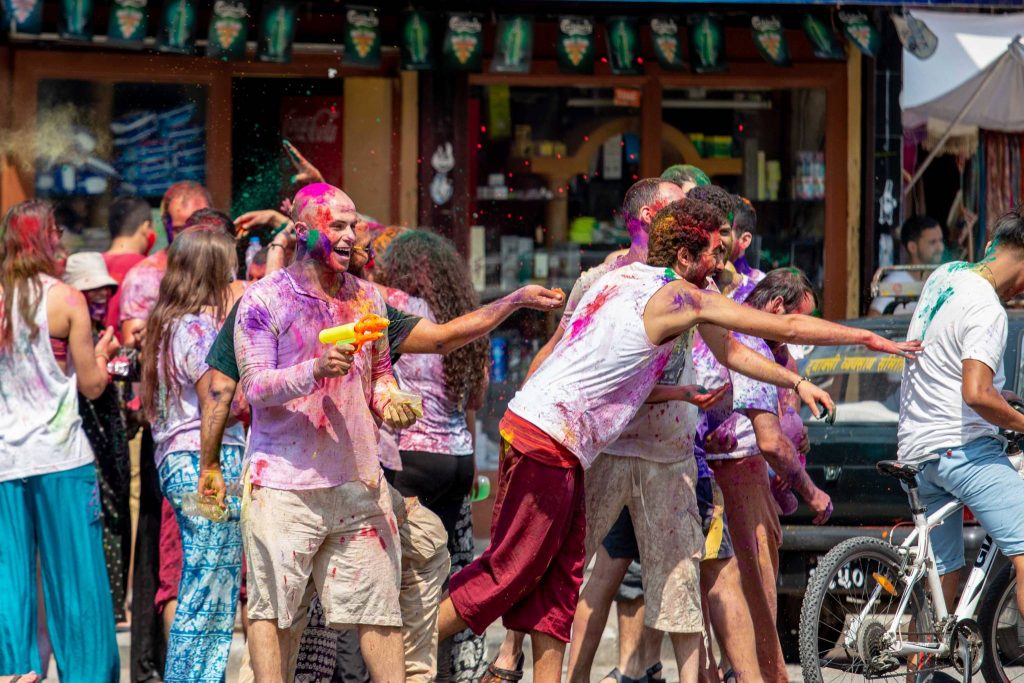
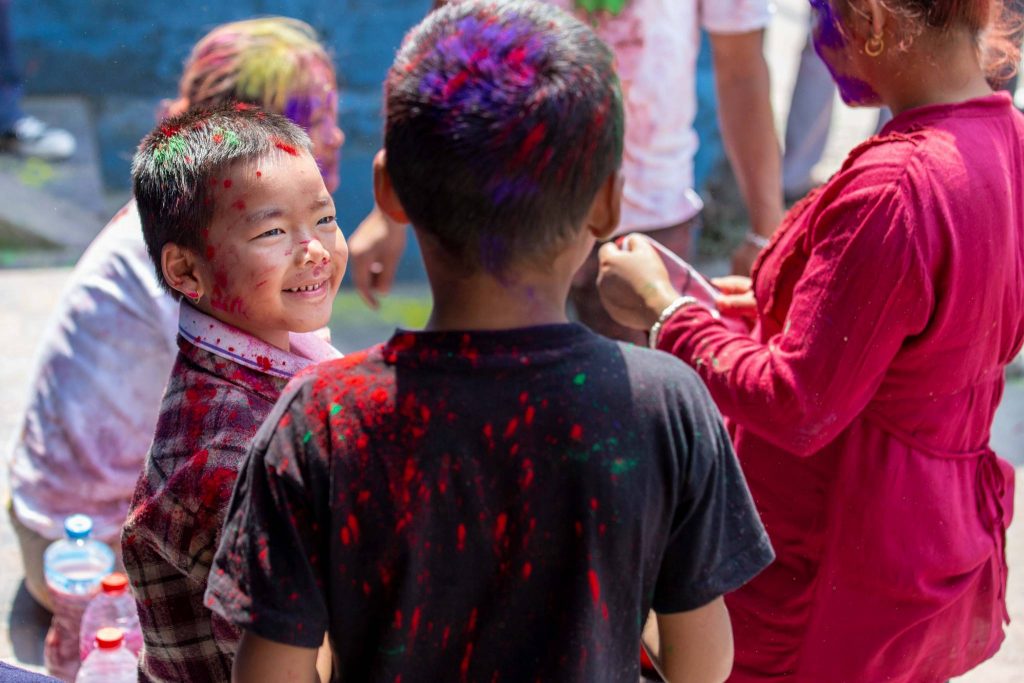
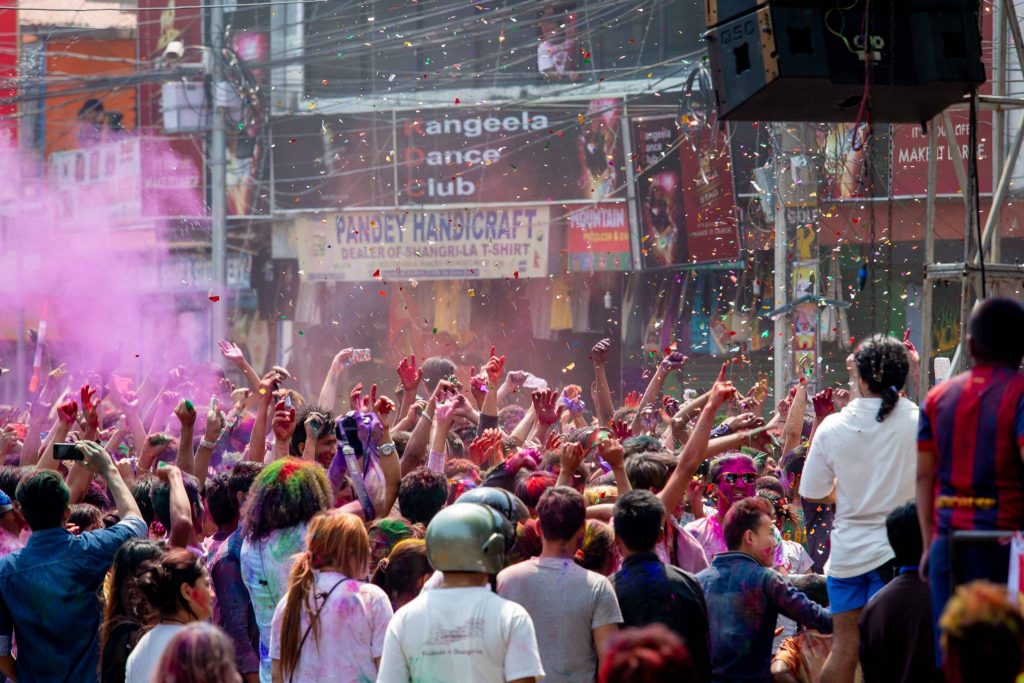
You could feel the energy and excitement in the air as the crowd grew larger in front of us, culminating in a giant rainbow mosh-pit, with everyone bouncing in time to dance music blasting from speakers in the town centre. It was incredible. After we had our fill of people watching and taking photos, Dave and I dared to venture down the streets (sans cameras) and made it back to our hotel relatively unscathed.
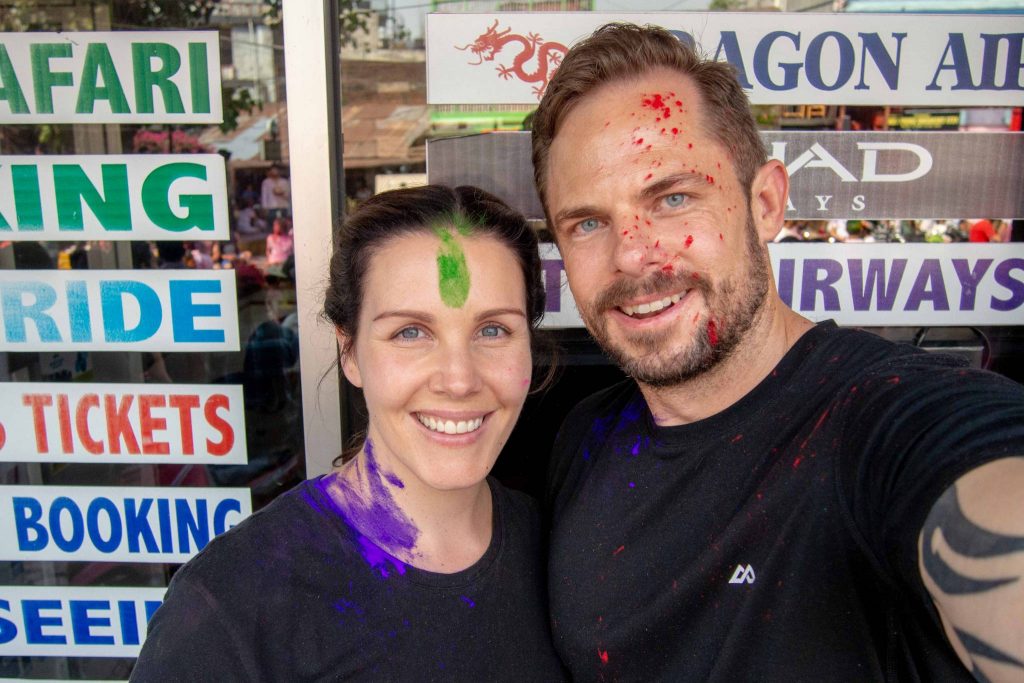
Annapurna Sanctuary
Also known as the Ghorepani Poon Hill Trek, this is a four to five day circuit in the Annapurna ranges. The maximum elevation is 3,210 meters and takes a moderate amount of fitness. You drive an hour and half from Pokhara to Nayapul to begin your trek and finish up in Gandruk.
This time, we opted to trek solo without a guide or porter, carrying our own packs. This was because the trek was relatively easy and well populated, the elevation was low, we were familiar with the local customs and we were fit and confident in our trekking abilities. We got our bags down to the bare minimum, mine weighed 26kg and Dave’s 34kg. Most of the weight came from our water, camera gear and sleeping bags, which were all necessary.
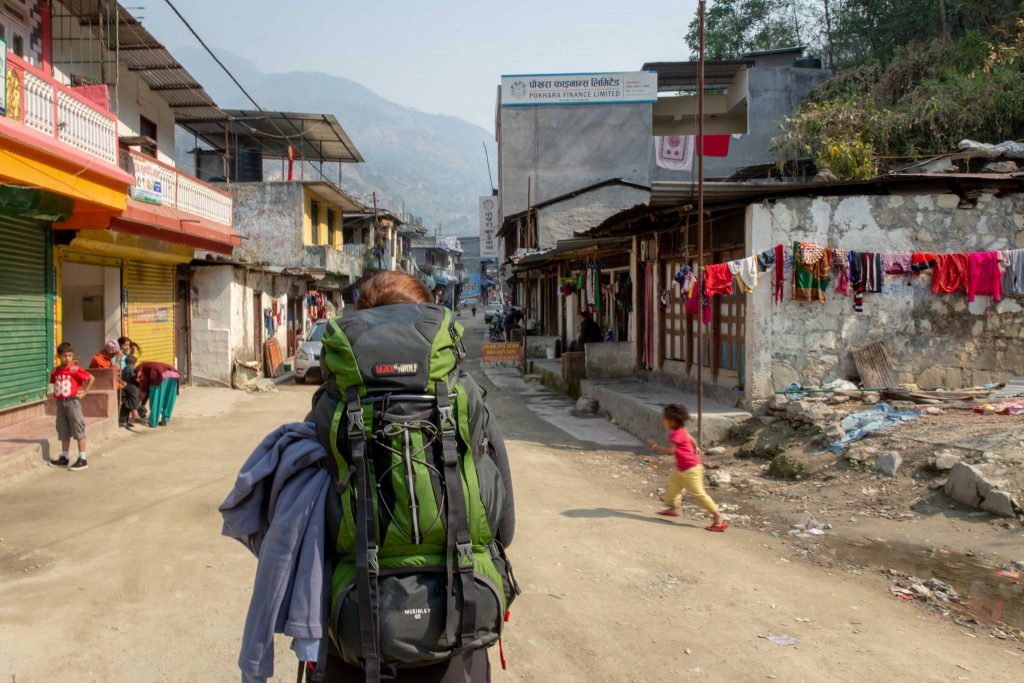
The start of the trail. We stopped for a cup of coffee, chedked our gear and then began the hike.
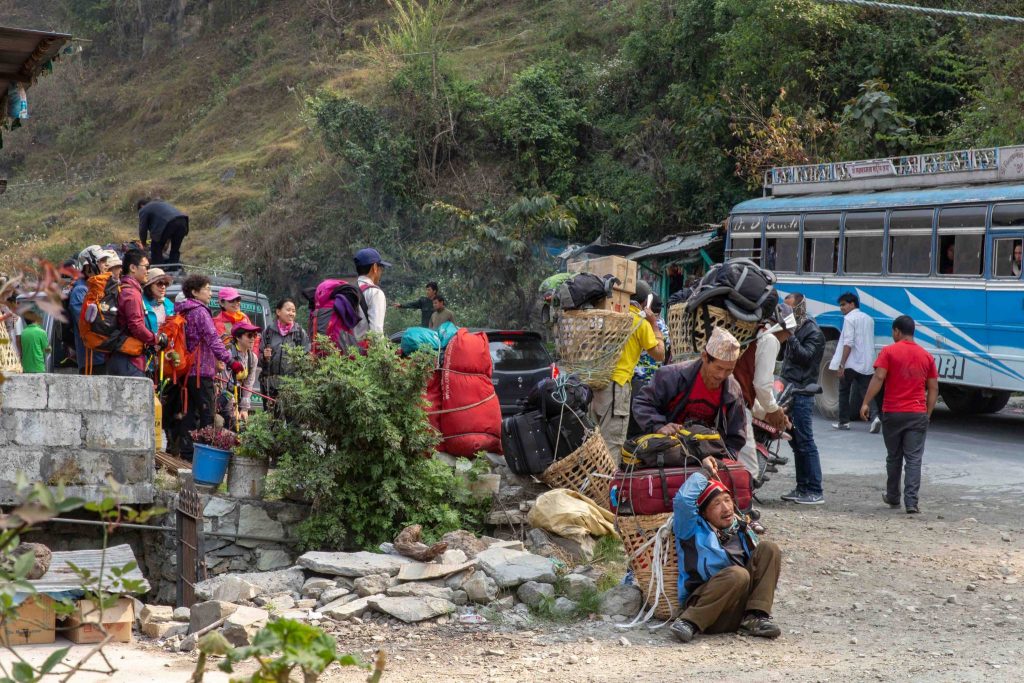
Watching the organised tour groups arrive. You can see the contrast between the small packs the trekkers carry and the large loads managed by the porters. My reactions was, it’s only four days, you do not need a giant suitcase.
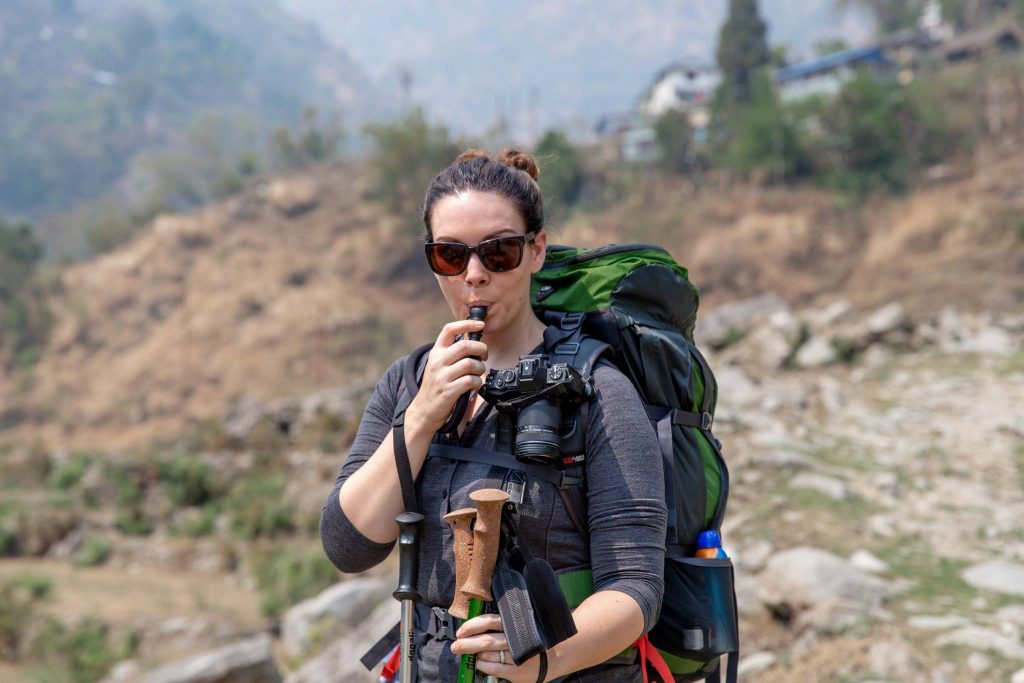
No need for water bottles when you have a Steripen and a Camelback!
We made it through day one with some huffing and puffing. The packs were heavy but not unmanageable and we made sure to stop and rest whenever we felt we needed it. The first day was only 4-5 hours so we took our time. Arriving in Tikhedunga, we settled into our teahouse for the night. Wifi was down so we opted for an early dinner and reading by the fire in the teahouses dining room. At dinner, I had no appetite and only managed a few sips of soup and a handful of dry pringles.
We went to bed around 7pm and within the hour I was suffering from bad stomach cramps and was feeling nauseous.
Warning, graphic details ahead!
The moment came when I felt like I needed to vomit and teahouse bedrooms are very basic. Two single beds and no bathroom. So I reached for the only receptacle I could find, an empty pringles box and vomited into that and all over the floor. The rest of the night passed in a haze of nausea, cramps and freezing bathroom trips outside.
Dave was incredible through it all. He cleaned up my sick, fetched me water and woke up at the crack of dawn to try and get us back down the mountain. Because we were only a day up the mountain, Nayapul was accessible by 4WD, Dave called our travel insurance company World Nomads, who arranged for us to be driven back to Pokhara where I spent the day in a small hospital being pumped full of fluids and vitamins.
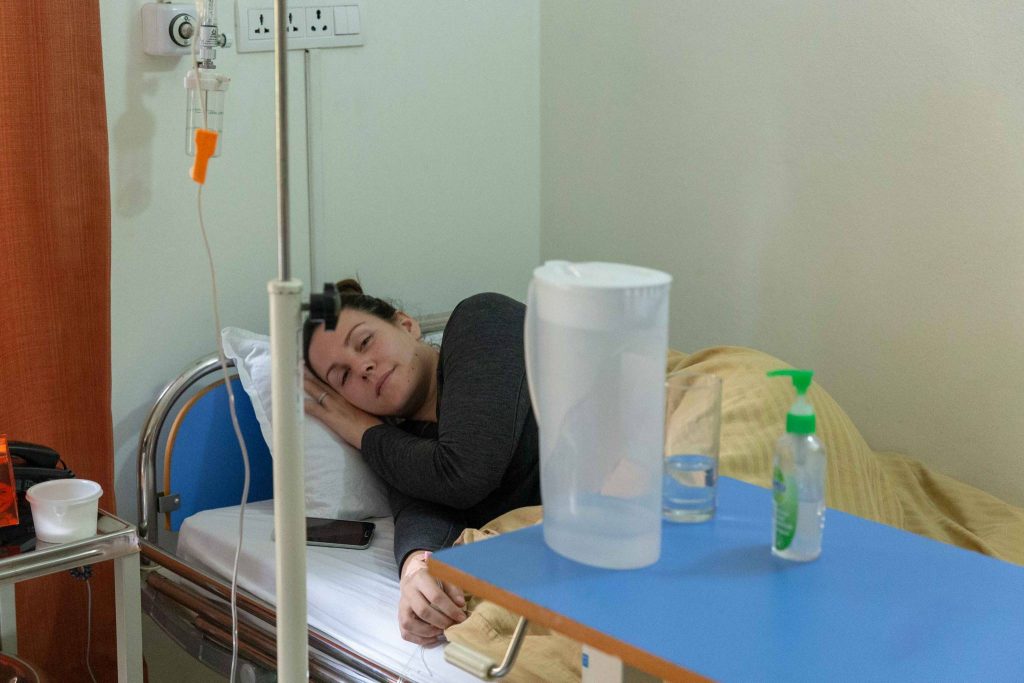
It was just shit luck that I happened to get sick, it could have been the teahouse where we ate lunch or one of the bathrooms I stopped in on the drive to Nayapul. It’s a risk you take when you travel anywhere and I was fine after a short hospital stay. I can look back and laugh now.
Pokhara

After a few days rest, I was feeling well enough to get out and explore again so for 1000 rupees we took a boat across lake to walk up to the the Shanti Stupa also known as the World Peace Pagoda.
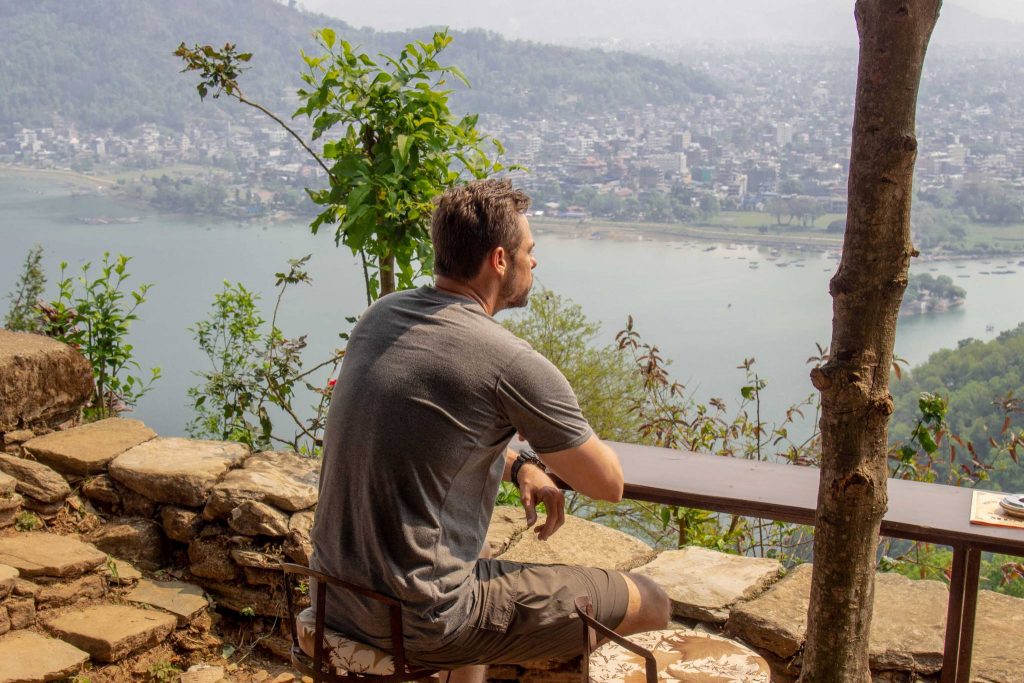
We hiked up to to Stupa lakeside which took abut an hour. It’s a well worn path and moderately easy. We did have a tea stop half way up!
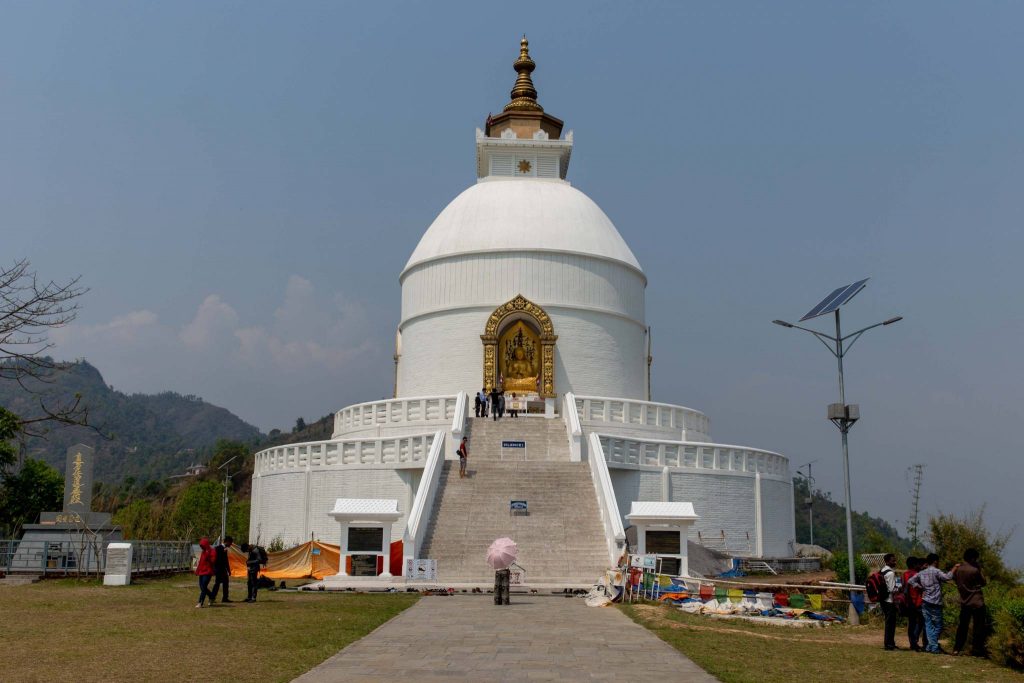
It’s a Buddhist Stupa and monument to “inspire peace, designed to provide a focus for people of all races and creeds, and to help unite them in their search for world peace”.
Australian Base Camp
Feeling well rested and ready for another adventure. We decided to do another trek this time to the Australian Base Camp in Dahmpus Village which promised views of the spectacular Machhapuchare Himal also known as Fishtail Mountain. This one is an easy two day trek with an overnight stay at the Base Camp. We took our small day packs with water, a sleeping bag, camera gear, a rain jacket and first aid. Being only two days, the clothes we were wearing were sufficient for the short trek.
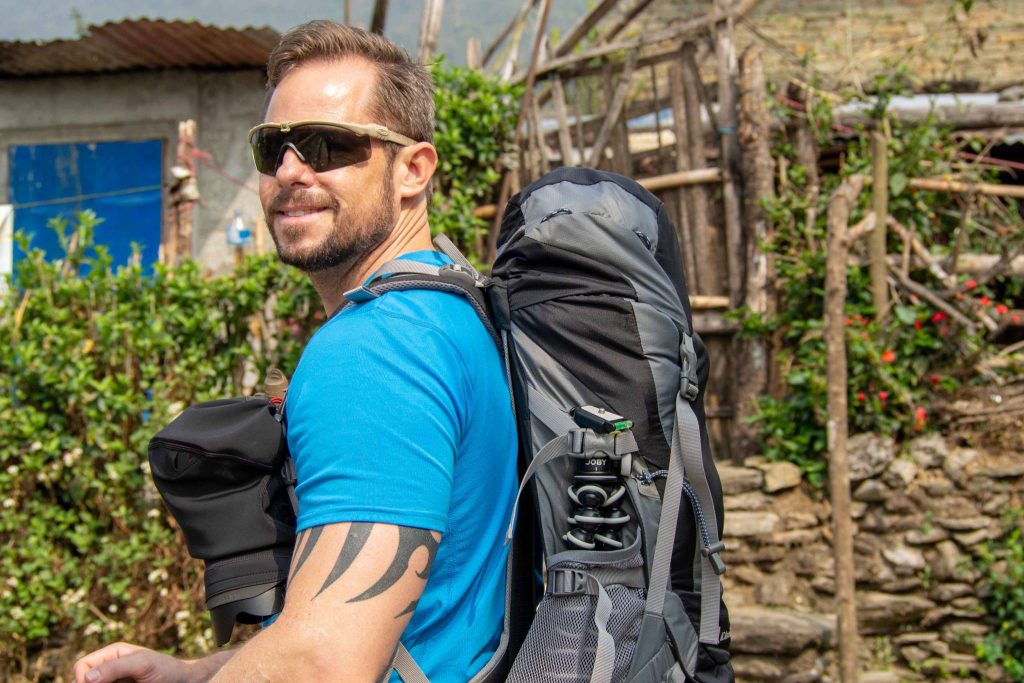
You start in Khandi, a 45 minute drive from Pokhara and spend an easy day walking though small villages and farmland surrounded by the lush greenery of the mountains. It’s an incredibly pretty area and it was nice to see the locals going about their day in the villages.
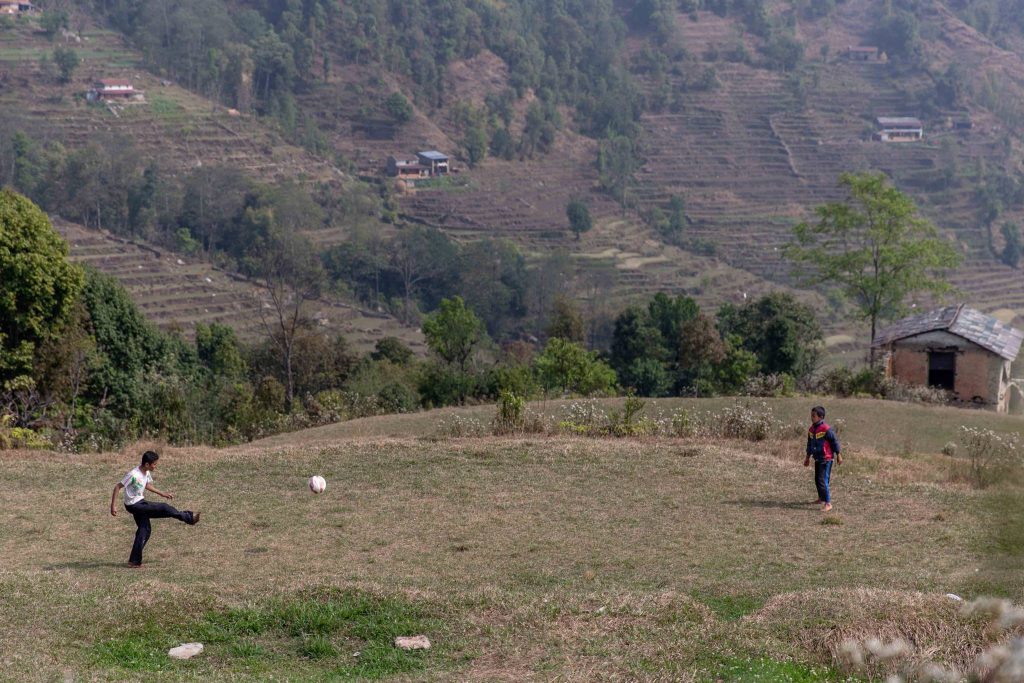
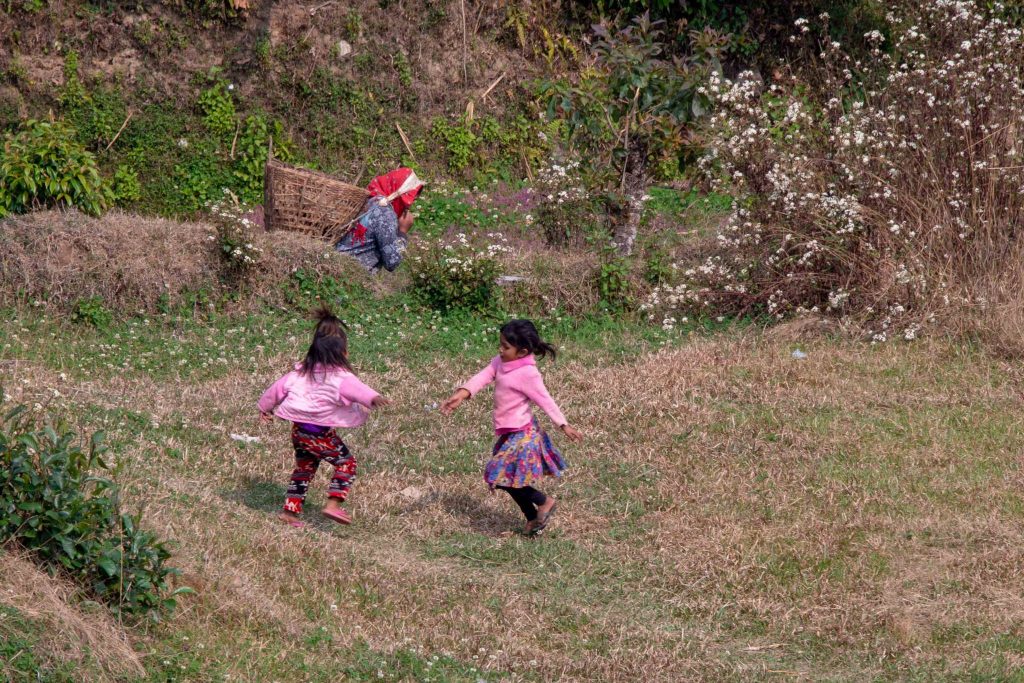
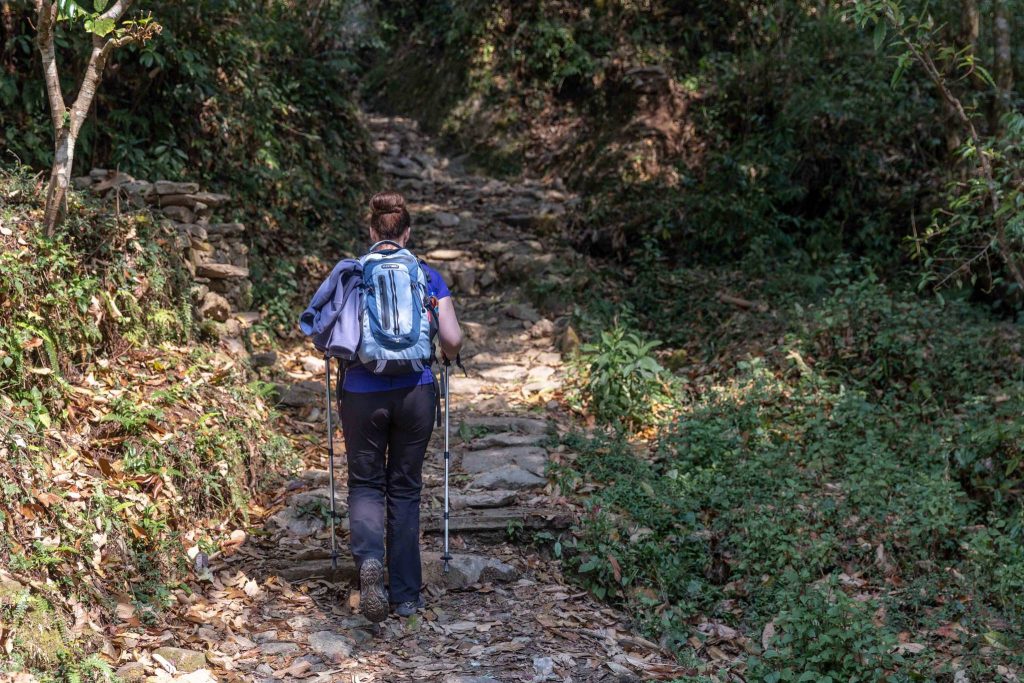
Overnight in Dhampus
We stayed at Angels Guest House, run by a very warm and friendly Tibetan couple with a funny little pug who patrols the borders of the hotel. The rooms come with their own bathroom and breakfast was included in the price of about $25 a night.
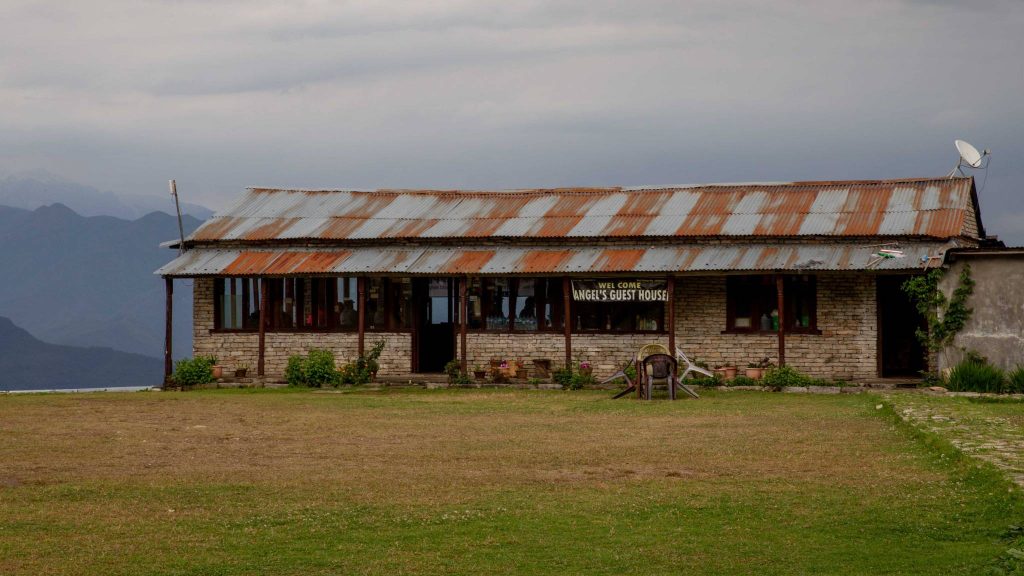
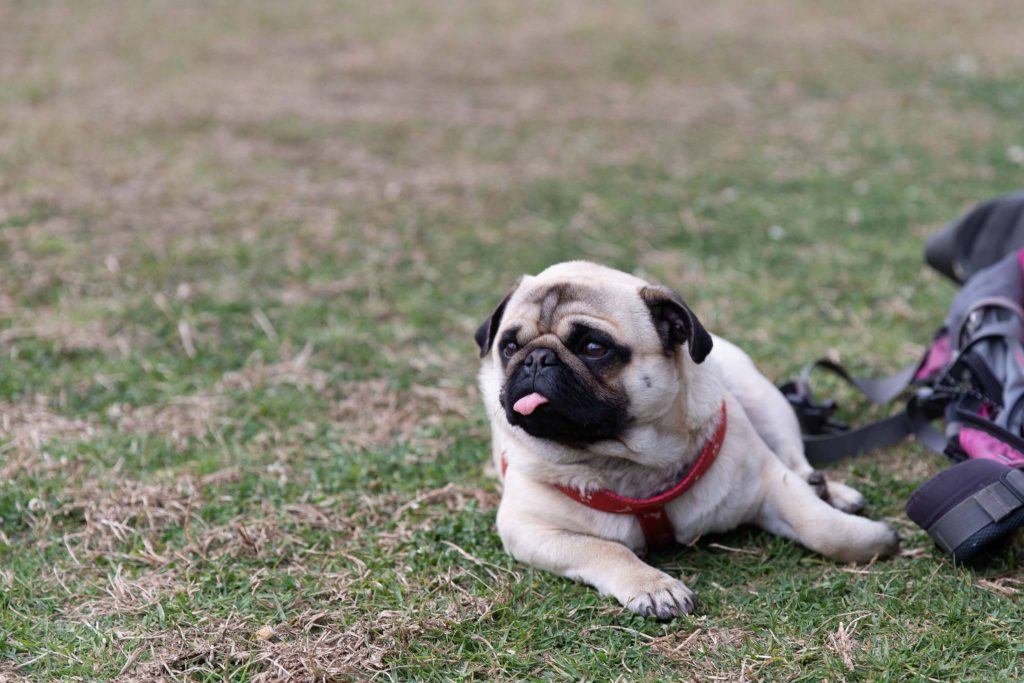
Shortly after we arrived a black storm quickly rolled in. We set up camp in the teahouse dining room and watched the fat drops of rain roll down the windows. The storm was over almost as quickly as it began and we caught our first glimpse of the Machhapuchare Himal. We grabbed our jackets and cameras and hurried down to the field where other keen photographers were gathering to capture the sunset.
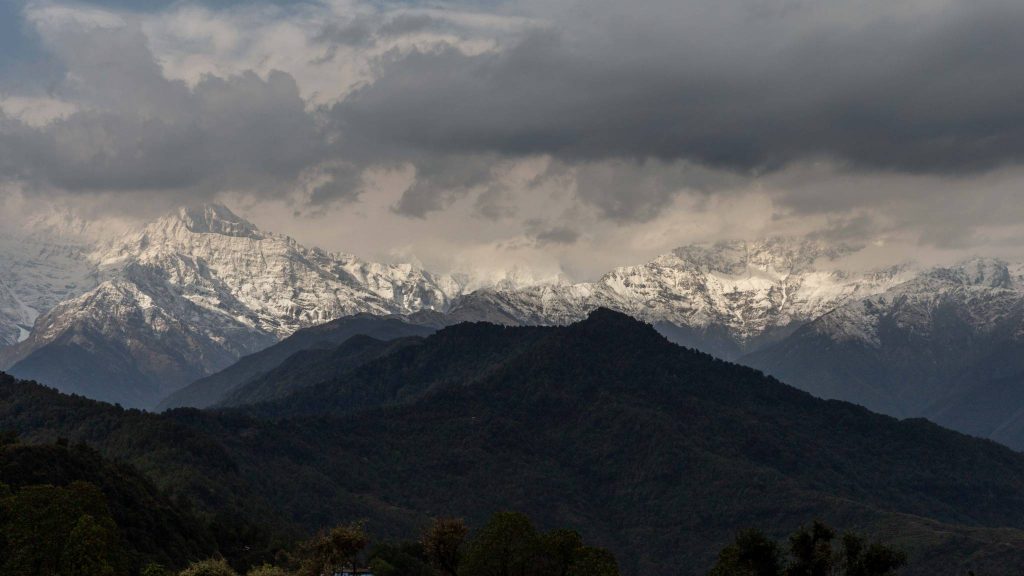
Machhapuchare Himal.
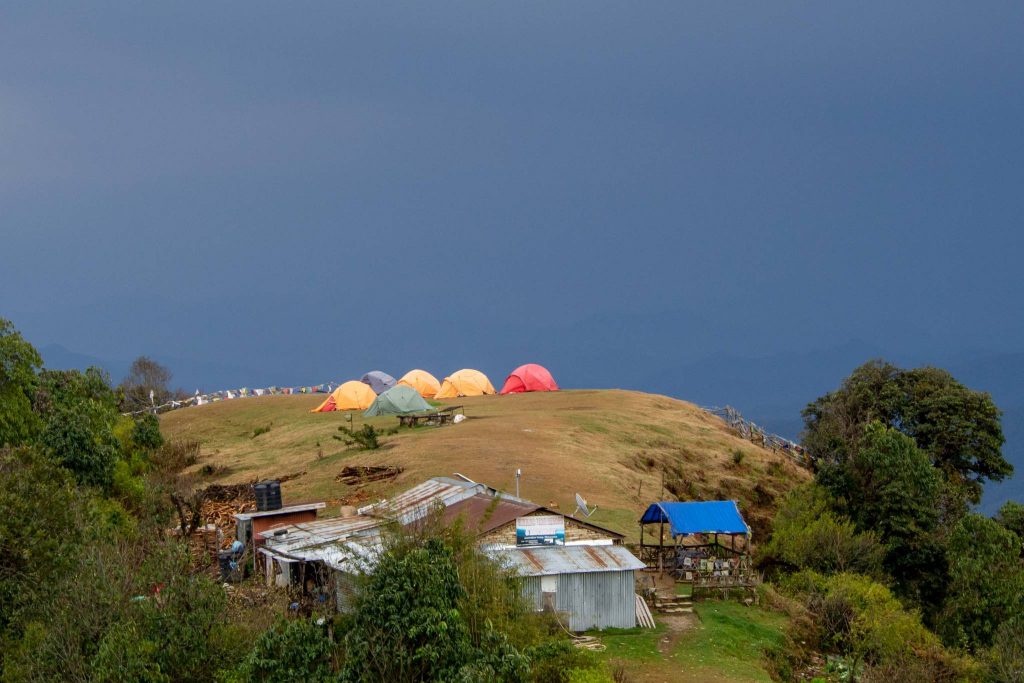
The field where a trekking group was camped. Not keen to sleep in a tent in the pouring rain, I much prefer the teahouse option.
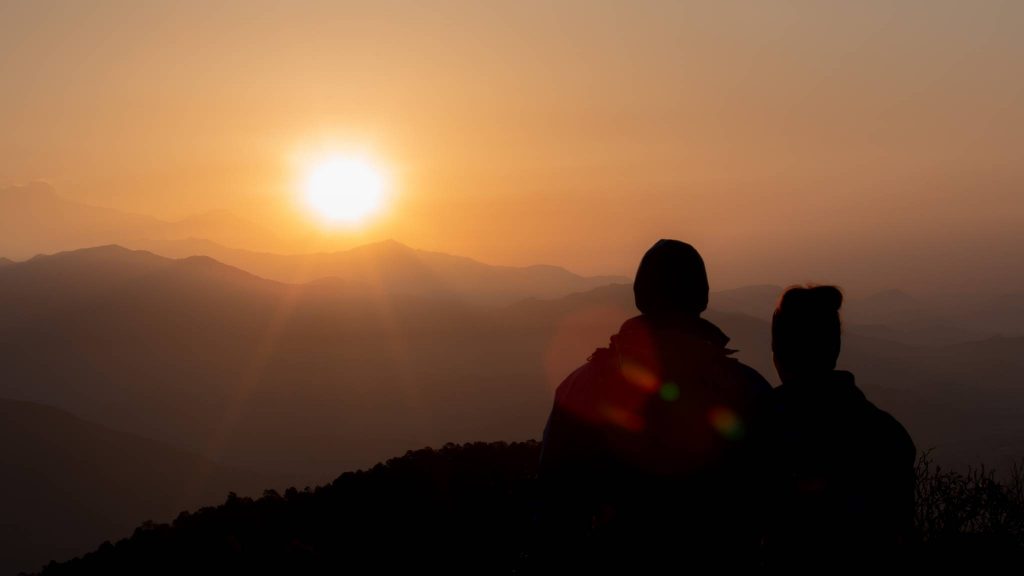
The sunset was beautiful and the perfect way to end the day.
Dhampus to Pokhara
The next day we woke early for sunrise. It was chilly but the stunning clear mountain views and the promise of a hot breakfast and coffee made it worth the early wake up.
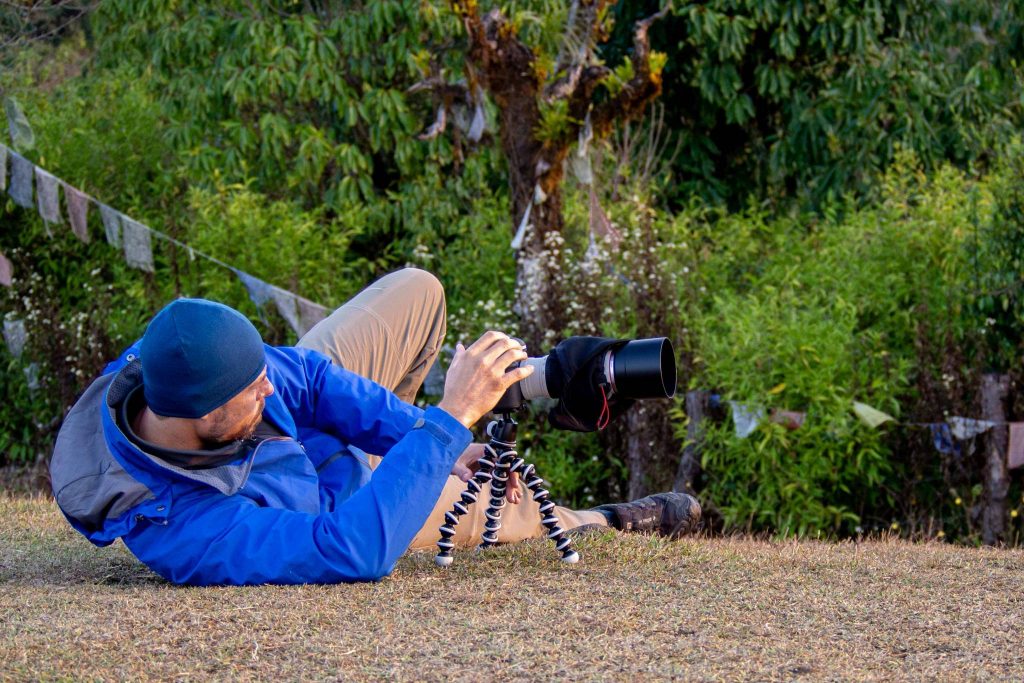
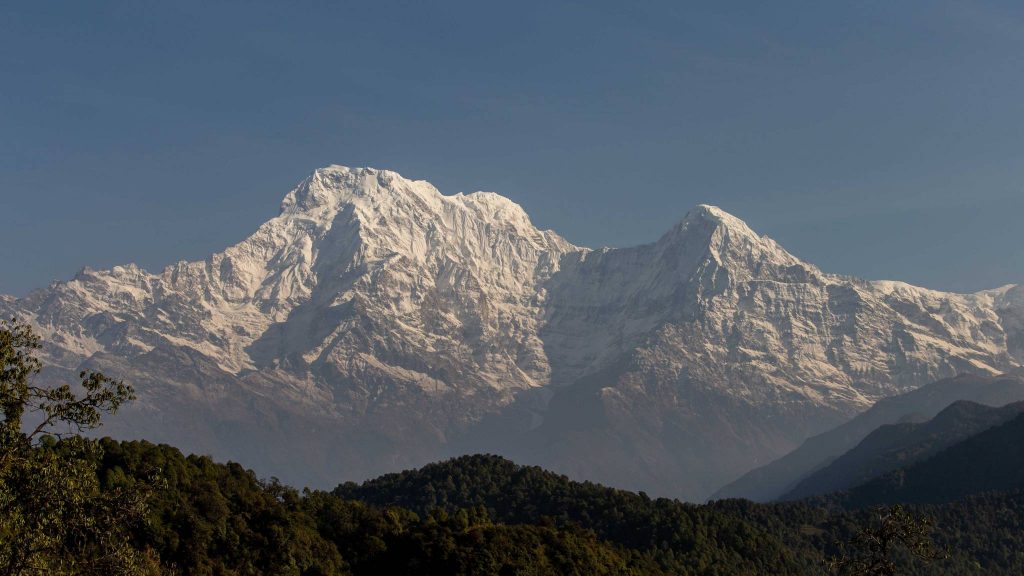
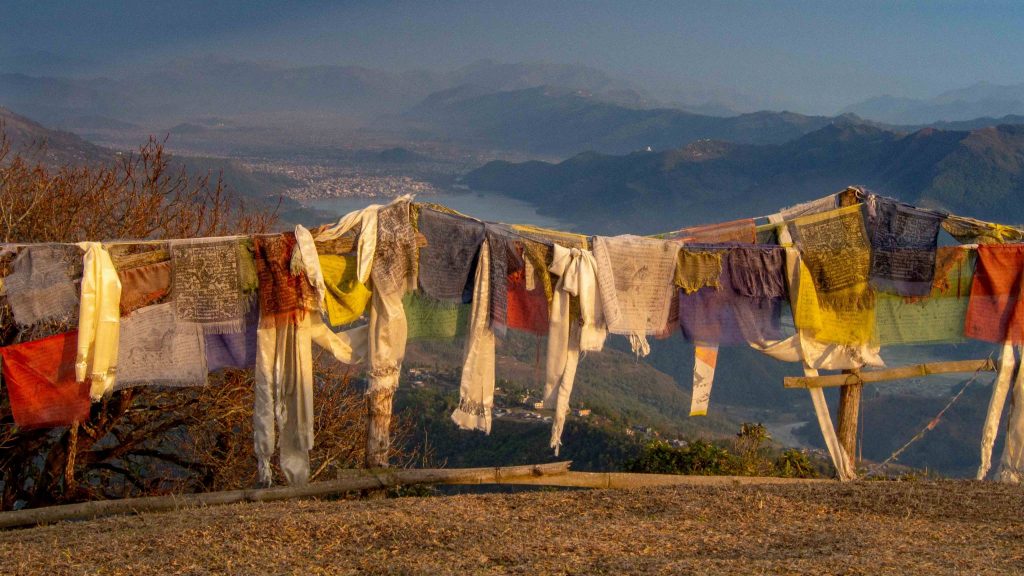
The view down to Pokhara and Phewa lake.

After breakfast, we hiked back to Phedi through the terraced rice farmlands. It was easy and mostly down hill, but not so great on the knees for the last hour or so!
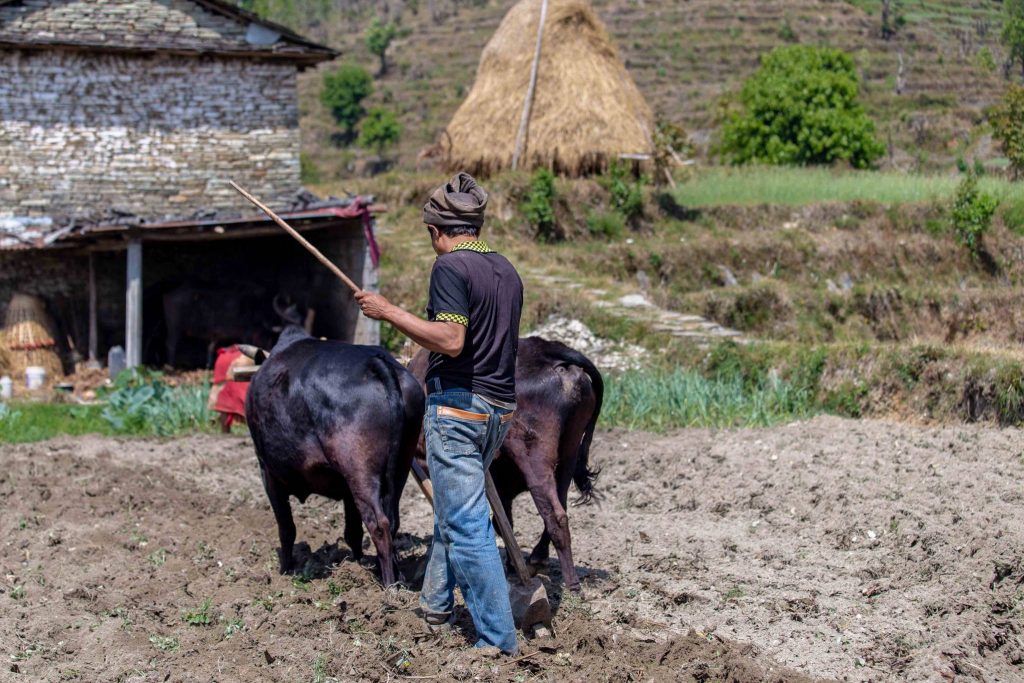
FINAL NOTES
Nepal is one of the most incredible countries I have had the privilege to visit.
There are no fancy hotels, nice beaches, shopping experiences and I got sick twice. BUT, it is transformative and opens your eyes to a whole new world you never knew existed. The people are warm, welcoming and many have a great sense of humour and love to have a laugh. The country is a fascinating blend of unique cultures, gorgeous old world architecture, modern conveniences (wifi in the Himalaya!) and spectacular landscapes. Add Nepal to your bucket list.
Photos by Kira Simpson and David Simpson
Travel insurance
Any kind of adventure travel such as trekking, rafting or skiing requires more than the free insurance which can come with credit card or flight bookings.
Travel insurance saved my life (sort of) and my bank account on these trips. Even if you’re just walking around a western city, get travel insurance!
World Nomads is one of the best travel insurance providers for any sort of travel, adventure or otherwise. I cannot praise them highly enough for how helpful they were in a very stressful and scary situation.
On the return trip home, we had a 48 hour stopover in Abu Dhabi where both Dave and I got sick. This time we arranged for a doctor to come to our hotel and room service took care of the rest. All we had to do was make a phone call to World Nomads and our hospital bills, extra hotel night and flight changes were covered. We even claimed the international phone calls to them. They were so good.
We are an affiliate partner of World Nomads so should you make a booking using our links we receive a little commission. This is at no extra cost to you and it helps us bring you more content.
